|
Hey, all! John and I were so lucky and happy to be able to attend the most recent National Restaurant Association Show this year in Chicago and (if I am not mistaken), I think this is the third time. By year three, I have most of my strategy honed: The booths I most wanted to visit, plans for charging my phone, the most comfortable shoes, left-over containers from home (I hate waste!) and, perhaps most of all, not eating everything that’s vegan just because it’s there. You’ve got to prioritize and save room, baby! It ain’t easy but each year, I think I get a little better at it. Even though the show isn’t exclusively plant-based, we have so many options, new ones each year. I can’t pretend that this show was very different from previous ones, but it’s always fun to try new brands and products as well as see new developments. If I can say anything about this show that stood out to me, it’s the continued innovation not so much in ingredients, but, rather, a return to simpler ingredients and an improvement of texture. Some of these items, like Chunk Foods whole cuts and Oshi’s vegan salmon really nail the separating, flaking texture. The umami, the plant-based world already had down. The textural innovations are really where we've made remarkable gains. Take a look at what stood out to us at this year’s show… Day One Daiya - hey, Daiya! Oshi vegan salmon with chimichurri sauce -- yum! Chunk Foods -- whole slabs and cuts, you all, and so good! Armored Fresh - so creamy! Kourellas vegan feta Lotus Energy Drinks -- I do not understand the sorcery of this product but it is SO good! Mooji Meats -- jabba what?! AQUA Cultured Foods - check out these scallops!  Click here to edit UNLIMEAT - delicious options from Korea. Better Balance, mmm! Jinka - Vegan "see food" that is just delicious. Taking a ride on the cheesy mac swing No biggy, just running into Ms. Pinky Cole . . . Day Two Milkadamia loves me! Okay, I might just love it back. WYNK Seltzer - you best I will! Worthington - OGs represent. John's going to fry! Tofurky - OGs again! . . . Day Three AcreMade - the sponge cake made with their egg replacer was so good! Prime Roots - it's a brave new world, you all! Here for it. Wicked Kitchen - can't be beat. Let's end on a Wicked Kitchen drumstick, shall we?
0 Comments
Animal agribusiness snares so much in its wake and someone has to be the messenger. I guess it’s us. by Marla Rose On Monday, John and I were running an errand so we listened to an episode of The New York Times podcast, The Daily. This episode, released on Earth Day, was about the reverberations of 2020’s avian flu strain outbreak, ongoing, morphing and the worst in U.S. history. It has been ripping through farms and, more recently, crossing into new species as well as reaching wider than ever, found as far away as Antarctica, where the bird flu had never been seen before but now it is reaching penguin populations, already challenged by other human-made or exacerbated catastrophes. The bird flu, known as H5N1, is spread when waterfowl, like geese and ducks, shed the virus as they roam and migrate, spreading to chicken and egg-laying facilities, where it is much more fatal. So far, more than 90 million farmed birds in the U.S. have died as a result of this iteration of the avian flu, mostly due to mass culls on farms, which are reimbursed by the government for chickens that are preemptively slaughtered but not those that died on their own of the virus. This incentivises culls rather than taking the risk with razor-thin profit margins and it was why the cost of eggs was so high a couple of years ago. As those of us paying attention know now and as The Daily dives into, H5N1 is spreading to other bird species that are also vulnerable to it in ways that geese and ducks are not, having adapted to the virus: Not so fortunate are the eagles, condors, pelicans, owls and seabirds that were referenced in the array of news clips shared on the podcast. Some of us also know that there is now bird flu found in cows on dairy farms in eight states, where it has been mild to the carriers so far but transmitting quickly due to the crowded nature of many farming facilities, and a dairy farm worker has tested positive. It has also been found in foxes, bobcats, bears, even a bottlenose dolphin, as well as reaching South America, where it has devastated sea mammals that cluster together in colonies, like sea lions and seals. The bird flu was so deadly to elephant seal pups, which have no immunity, that it is estimated 17,000 died in Argentina last year alone, losing almost an entire new population of pups to this virus, a mortality scientists estimate to be 95 percent. As the bird flu expands its reach, it gets more virulent and adaptive, more likely to spread to companion animals and, indeed, to us. . . . My partner and I create new content every week to try to expose the hidden corners of animal agribusiness and promote alternatives to the expansive harm of eating animals and their co-products. We create memes, recipes, essays and guides in our outreach, and have specifically addressed the particular ecological nightmare of this strain numerous times. My point is not to get acknowledgement but to say, this is our life’s work, this is what we do. Despite that, despite being vegan since the 1990s, there are times, like when hearing about the wiping out of an entire new generation of elephant seals, makes me wonder what good any of this effort is when we are just viewed as sanctimonious vegans, the finger-wagging enemies of fun nobody summoned. . . . I have this thing where when I immerse myself in stories like this, even when I already know what is happening, it feels like there is a weight on my chest that is just pushing and pushing. There are some ways to relieve some of that pressing weight: Taking walks, suspending myself in water, kissing my animals. One of the trustiest, though, is creating more content. If I can just say it the right way, if I can just create the recipe that would make someone consider leaving animals off their plates, if I can expose people to veganism with a conference or free festival, imagine t-shirts with the perfect marriage of text and image, maybe that weight on my chest will lift a bit. It’s temporary, I know that now, but it’s something, until the next time I get pressed and find relief. In those fleeting moments, it’s a feeling of lightness, freedom and alignment that is hard to describe but I am forever in pursuit of it. . . . After the podcast, that familiar weight on my chest was pressing down hard. I said to John, “What can we do? I mean, other than letting people know that it’s happening and there are other options, what can we do?” “I don’t know,” he said, in a plaintive tone. “Keep doing what we do, I guess. Keep trying.” . . . The vegans I know don’t especially enjoy being the messenger, but when the world is in freefall, someone has to be. Because we know what we know and we feel what we feel, we are often the ones who take on this role. We have to: We want people to know, thinking, perhaps naively, that if people knew what was happening, they would act, they would stop being complicit. Nobody likes a scold, though, nobody likes a complainer. I don’t enjoy being doom-and-gloom but it is either expose myself and try to advocate for change or just put blinders on, keep my head down and keep it moving. I also don’t want to sound like a martyr: This is just the weight we carry in knowing what we know and trying to do the responsible thing by trying to open eyes and create change. I don’t want anyone to think this is my normal state. It is not. I am genuinely happy most of the time. But on days like Monday, the weight and the responsibility of that weight can feel unbearable. . . . The other day, I was scrolling and I saw an image of the most adorable lambs. (Is there any other kind?) The caption read, “It’s that time of the year when my local farming friends send me photos of Spring lambs.” The lambs, their innocent eyes and knobby knees, mouths curling up in natural smiles, who could possibly see something ugly in that? I could. First, they were identified as “farming friends,” not animal rescuers, so I generally am going to assume these farming friends were in meat production. Maybe, maybe not. Second, Spring lamb refers to both the animals and the flesh: Spring lamb, the body of a three-to-five-month-old baby sheep, is considered very tender flesh, a delicacy. Third, the lambs had ear tags, which are used by farmers for identification purposes and to link the lambs to their mother ewes, to figure out who produces the most prolifically and had lambs at the highest slaughter weight. I tried to scroll on, I usually do, but the pressing was there on my chest. I had to comment. I commented on the post to the effect of, yes, they are beautiful but it is sad that they are likely going to be slaughtered like so many other lambs called Spring lambs. Yes, I could be wrong. Yes, they could be at a sanctuary. I admitted that this was an assumption but, not knowing the details, a fairly safe and educated assumption to make. I commented, though, not to be a party pooper but to help people connect the dots to the adorable lambs and other animals they eat. Before long, I was told by one person to just enjoy the picture, stop making assumptions and projecting negativity. Someone else told me to enjoy a 10-calorie head of cabbage. (???) It wasn’t surprising. I was crashing the party of better-not-knowing. I expected it. . . . I know how to have fun and actually I prioritize it because otherwise, I would have burned out long ago. To the people who think in binaries, that you are either a joyless scold or an empty-headed fool, there is a vast middle ground. It’s not either/or. When you know, though, there are some dark times that are unavoidable. It is the price of connecting to what motivates you. Then you – or at least I – have to do something with the weight of it. Sometimes it is the crushing heaviness of it that relieves the weight, at least a little of it. It’s become too much to carry so I escape into blanking out, into some sheltering numbness. The pressing on my chest will return, as will healthier coping mechanisms. For now, between numbness and finding my power again, I am hanging out in this liminal, limbo space. You all. It is just so sad sometimes. . . .
“The reward feels good, and we keep doing what others want us to do in order to get the reward. With that fear of being punished and that fear of not getting the reward, we start pretending to be what we are not, just to please others, just to be good enough for someone else.” - Miguel Ruiz, The Four Agreements When I first heard about Facebook, I was leery. What is this thing? So you type what you’re thinking and people comment? Like a message board or…? Also: Why did I need this? I was happily living my life when a friend of mine from college who lives many miles away encouraged me to join, telling me that all our old friends were there, that we could catch up and share funny memories. I created a profile, figuring I would leave after a month or two, no harm, no foul. It’s been fifteen years now. I’m not proud of this, I am not particularly ashamed, those are just the facts. Yes, I have had fun reconnecting with old friends and my life has been enriched beyond measure by meeting some new ones but I have returned to that initial place of wariness with the platform – actually more so, because I know more – and have been for some time now. I’m not expressing anything revolutionary or new here. Lots of people have left for a multitude of reasons. I’m just going to try to dive into one here: That utterly human desire to be seen. . . . Facebook, and all social media, is weirdly addictive in ways that I don’t think we fully anticipated, in the ways it presses on our dopamine-seeking behaviors. You know how when you start eating potato chips, they taste great but then before you know it, you can’t stop, even when you know that you’re no longer enjoying them, even when you feel icky, even when you’re regretting it in real time? It’s like having hands with a mind of their own, compulsively reaching for something that you know in your overriding brain will make you feel worse in the having of it. A few potato chips, a few minutes on social media? No problem. But when something lights up the reward centers in our brain, it’s not so easy to set limits. This is not weakness or lack of discipline, it’s how we are designed. Most of us have had the experience of how “Just one more minute” of scrolling turns into 20 more minutes, turns into an hour, turns into, “Where did my night go?,” and turns into, “When was the last time I actually read a book?” It’s us pitted against us. I am not shrugging off our individual responsibilities here. I am saying this is how the platform works if you’re not careful with it. This is what it was designed to do by very smart people. We are supposed to be driven to log on and we are compelled by factors large, like loneliness or boredom, and small, like very easy, free access, to stay on. There is so much more that is harmful about the social media platforms, of course. Issues with privacy, surveillance capitalism, lack of user support, the prevalence of hate speech, the pushing of the algorithm that keeps us both in our bubbles and deeply divided. These criticisms are all valid, all worth deep consideration. . . . Does Facebook, or do any of these platforms, owe us anything, though? They’re free, aren’t they? No one is forcing us to use them. In a hyper-libertarian, strictly transactional point-of-view, perhaps it is this cut-and-dried. However, it is our utilization of these social media platforms – the audiences, users, makers, scrollers, influencers, whatever we are considered when we are on one – that has made the tech companies extremely rich in this attention economy. Given that, I would say that this relationship is an exchange, not a thoughtful gift to us, because they would be worthless without our use, and they owe us responsible, transparent practices. Further, this exchange is not balanced and is weighted to their benefit. The second point, that no one is forcing us to use the platforms, is also correct. Our dopamine, though, may have a different opinion on that. Dopamine is a neurotransmitter that helps us to feel pleasure as part of the brain’s reward system, reinforcing certain choices with the release of its feel-good hormone as part of our survival, which is why it is also so intertwined with addiction. It is that duality of dopamine these platforms excel at tapping into, seemingly superficially, but dopamine centers are not discriminatory or high-brow; they are seeking pleasure, not due to hedonism but because that is how we are wired for survival. It doesn’t matter much to your system if the dopamine is rewarding something that is good for our overall well-being or not, whether you’re savoring a delicious meal with your partner, enjoying a hobby or getting compliments on your most recently uploaded profile picture. It is that an ephemeral but delicious rush of dopamine feels better than not having it. The social media platforms that hack into your dopamine clearly cut both ways: If your sad post about a break up gets just a couple of “care reacts” and no comments or you find yourself plummeting into self-flagellation because you see a happy photo of a group of your friends going out to something you weren’t invited to while you were scrolling, it hurts. I am not trying to diminish this, either. As much as social media has been excellent at hacking our brains, it cannot fully circumvent our deeply human wiring for connection, meaning and belonging. When this is undermined, it can actually feel threatening. A group of your friends going out together without you? Is that such a big deal? No, but to the primal part of your brain, this means you are excluded, you’ve been cast out, you are at actual physical risk. This drive-to-survive part of our wiring is why seemingly benign things can feel so fraught on the platforms. We might feel silly about it but it’s as real as the dopamine release we seek. One behavior we may adopt in search of more dopamine hits is to curate what we post about our lives, among other things. It’s understandable that we bend to positive reinforcement like how plants move toward sunlight. But at what cost? . . . When I started on Facebook, this playing to the crowd felt oddly familiar. It reminded me of when I was in my early 20s and dabbling in the performance poetry scene in Chicago at the place where it got famous, The Green Mill. The Uptown Poetry Slam was and is a Sunday night fixture there but when I started going, I was just a young woman who was trying to figure out what I was going to do with my life. Enter the poetry slams. A poetry slam is a competition between poets in front of an audience. At the end of the night, a poet and their poem is decided by judges and sometimes the audience as the winner of that slate of performers. My roommate and I lived ten minutes away from The Green Mill, and she was a fabulous wordsmith so she suggested we check it out.
I went a few times and enjoyed it enough but being a spectator isn’t my jam so I wanted to be on the stage performing what I wrote as well. In college, I had some experience with performance art and improv, and, yes, I am a natural ham, so I thought, “Why not?” I liked to write, too, so entering myself into the mix seemed like an easy decision. Writing and trying to memorize a new poem each week was a new challenge for me that I enjoyed. From the start, I wrote poems to try to put the Jack Kerouac fan-boys who reigned supreme at The Green Mill in their place: My poems were feminist, dripping with sarcasm, mocking poetic tropes, and fully contradicted by my intentionally doe-eyed, over-the-top girly-girl delivery. Basically, the audience did not know what to do with me, this sweet-and-sour combination in the mini-skirt and platform shoes, so they shrugged and loved me because I was novel and funny. The meaner and the more biting I got, the more confused they became and improbably, the better I was received. I noticed this, of course, so I started to do some hacking of my own. Week after week, I finessed, sharpened and honed in on how I was going to win through increasingly trenchant verse. I wrote on lunch breaks; I rehearsed in the bathtub. And without fail, the crowd hollered, whistled, guffawed and shouted words of drunken praise. Each time, it seemed like the audience moved up in their seats in anticipation of what audaciousness was going to come out of my cherubic mouth. They rewarded it with the popular vote but the leader of the slam did not like me. Perhaps he saw how it was more about me manipulating a response than the poetry; I also think he noticed he was losing control of the audience. (He was also kind of a dick.) To be honest, though, the content of my poems became less and less the point. The point was to get the reaction I wanted. When I got honest about that, I lost my joy for it. I had cracked the nut. I saw that as I got popular at the poetry slams, nuance was torpedoed for cheers. Sensitivity was sacrificed for attention. Depth was abandoned for cheap, easy but reliable popularity. I had trained myself to only aim for a riotous reception, the lowest common denominator, and I was getting tired of it. To a writer, or really any artist or person with a message or someone just wanting to have connection, positive feedback is akin to catnip, not because we want to be liked necessarily (though that is part of our survival wiring), but because we want to be seen. And skewing ourselves to the likes, the claps and the shares is an intoxicating poison to an independent, creative spirit. Electrifying and rewarding at first, yes, but stultifying and perhaps deadly. So this is to say that I am not leaving Facebook, but I have my eyes on a different platform, one that is healthier for human beings and honest communication, one that does not sell with our privacy to whomever is buying. It’s what my husband and I have been envisioning and developing for more than two years. It’s about to emerge in the world. I feel like how I felt when I decided I wanted to be free of catering to what the audience at the Green Mill wanted of me. I feel free, I feel back to myself and I want this for all of us. Part two, coming soon… Hi, Mark - Nice to meet you. How are you? So obviously icebreakers and small talk are not my thing but so I will just tell you why I’m writing to you. I couldn’t help but notice you posted a picture on January 9 of an enormous steak in the foreground and you sitting with a pink slab of meat on your plate, grinning, hands seemingly eager to slice, on the table. You kind of looked like a kid at his birthday party, excited for his cake. I couldn’t help but notice the post because I’d been tagged and messaged about it at least a dozen times from people wanting me to comment on it. First, though, after seeing the picture, I had to read your words. You wrote: “Started raising cattle at Ko'olau Ranch on Kauai, and my goal is to create some of the highest quality beef in the world. The cattle are wagyu and angus, and they'll grow up eating macadamia meal and drinking beer that we grow and produce here on the ranch. We want the whole process to be local and vertically integrated. Each cow eats 5,000-10,000 pounds of food each year, so that's a lot of acres of macadamia trees. My daughters help plant the mac trees and take care of our different animals. We're still early in the journey and it's fun improving on it every season. Of all my projects, this is the most delicious.” I will take your word at that. . . . We have never formally met, Mark, so let me give you a little boilerplate intro to me, Marla Rose, a user of your platform for 15 years. I joined originally with a little nudging. An old friend from college wanted to hang out on Facebook and get reacquainted with our once-tight gaggle of friends. At first, it really was fun. Not only could we reconnect and update one another on our lives 20 years or so after we’d graduated and slowly lost touch, but I could also meet new people. I could post pictures and stories about my son and his first day of kindergarten; I could share about my mother, who was facing the double whammy of Lewy Body Dementia and Parkinsonism, her move to a condo near us, her eventual move in with us, the funny things she would say when she was lucid, the heartbreak of watching someone you love slip away, bit by bit, the bittersweet sand mandala of losing a parent slowly. Through Facebook, I could also be there for others in similar situations. I got many messages over the years seeking support, guidance and resources for people caring for parents in decline and I was glad to be of help. I could also vent, I could tell funny stories, I could stay connected with friends, I could be introduced to the people I now consider true friends despite the fact that for many, we will likely not meet in person. I have also been able to raise thousands of dollars for very good causes through Facebook, almost $20,000, which I know is pocket change but it’s still useful. On this platform that you and some other smart people built, I could share when my beloved dog Romeo was tragically killed – he was not only deeply enmeshed in my heart but loved by so many virtual connections – and I took my friends, at least the ones who stuck around, on the experience of my husband’s sudden onset of leukemia, the nauseating rollercoaster of fear, doubt, desperate hope, numbing out and anxiety, and then his bone marrow transplant, the ups-and-downs of that, and John’s circuitous recovery. People here talked me off a million 3:00 AM ledges. Being on this platform also helped to clarify to me how to set boundaries (no, I don’t want to hear about juice cleanses curing cancer, thnx) and how to be bold enough to ask for what I needed and speak without apology for what I did not want. Oh, wow, and did my friends, real-life and virtual, show up for me and for us. Thanks to this platform and being able to communicate broadly, efficiently and easily, three needs of precious value to caregivers, we received grocery deliveries, care packages, encouraging words, and financial donations to help offset the huge medical costs to two self-employed creatives and do-gooders. Just so you understand, Mark, I was already a writer before Facebook entered my life but your platform has helped me to find and refine my voice. It’s helped to keep giving me ideas and opportunities for writing. It’s helped me to keep friendships on track. It’s helped me to get the word out about things that matter deeply to me in ways that would utterly gobsmack my internal 20-something year-old self who was leafleting for lost causes in all weather conditions. “You mean, you press ‘post’ and you can reach thousands of people potentially?” I would ask, feet numb from the cold. Yup. Potentially. This is a roundabout way to say that I am not a hater of what you’ve created, Mark; I am agnostic, at best, but mostly, I’m ambivalent. I’m ambivalent because I see the benefits and possibilities of your platform, but I see the many downsides. I do not like the data mining, of course. I do not like the algorithm, wired for reinforcing bubbles or, weirdly, making conflict more entrenched. I do not like the way it’s worked its thumbs into the soft putty of my brain, making me insecure if something I post will be well-received or not, regardless of how important it is to say. I do not like how it has trained my dopamine-seeking self to perform for likes and shares. I do not like the way it’s pressured me to curate only the most flattering photos and experiences. I do not like how it seems to be training our eyes to look only for the most quickly, easily digestible “content,” not nuanced, complex topics. The utter lack of transparency with the company, lack of accountability and customer service – yes, the platform is free, but we are users with personal stakes in our profiles who are making you piles and piles of money – is egregiously poor form. These are not small matters, Mark. . . . Obviously, though, I need to get to why I am here: That post. That picture. What I want to say, Mark, is that according to Forbes’s real-time billionaires list, as I write this, you are number five at $130.5 billion, and though you recently lost $1.8 billion (did you forget to take your wallet out of your jeans before you washed them? Get locked into a bad time-share?), it’s fair to say you’re doing pretty well, right? I am not going to say that it’s entirely on the backs of cultural creatives and content creators like myself because at least at one point, there was a bit of reciprocity in that one could have their work seen by much wider audiences. (No longer, though.) And I am not going to say it is also entirely on the backs of those whose data is sold to businesses by your platform for targeted advertising. Grandparents like to see their grandchildren’s finger paintings and cute little poems easily. If I sound like I’m being sarcastic, I’m not. I’m here, though, because of that January 9 picture and caption. My husband tells me it would take more than 360 years of spending $1,000,000 a day to spend $130.5 billion and the smarties at Berkeley tell me that if someone counted from one to “just” one billion (so considerably less than your 130.5 B), giving the person about three seconds to say each number aloud, it would take that person more than 95 years to arrive at a billion. So it is all to say, again, you’re doing well for yourself. You are possession of many dollars. With your home compound on the Hawaiian island of Kauai, one of the most expensive properties in the world, guessed to set you back more than $270 million with its two mansions covering a total floor area of 57,000-square-feet, more than a dozen other buildings, a now-notorious 5,000-square-foot bunker on 1,400 acres acquired through buying up kuleana claims - ancestral transfers without formal paperwork to the inheritors of parcels of land you wanted - you haven’t exactly endeared yourself to your neighbors, Mark. Nor have you endeared yourself with the construction noise and pollution, the six-foot-tall walls around the property, which block off the ocean views locals once enjoyed, the draconian NDAs required of anyone who wishes to pass security clearance, like the many crew members working on building your compound, or the complete lack of public review of your massive building project in paradise. For someone got rich by selling our data to corporations, Mark, you sure do like to protect your own privacy and your family’s privacy. I’m just saying I’ve noticed. This is a lot, right? Don’t pretend it’s not. . . . Back to the cattle-ranching, though, my official reason for reaching out. You, the fifth wealthiest person in the U.S. and 16th in the world, would rather spend your money and your time on something as ego-stroking, cruel and unsustainable as playing make-believe as a cattle-rancher on dishonorably-obtained land than, I don’t know, something beneficial? I’ll just spitball a little here, but water purification projects, malaria prevention and treatment, reducing malnourishment and under-nourishment for the chronically hungry, funding smart, genuine efforts to reduce and eventually reduce climate change (as opposed to the hobbyist farming at your compound), all seem like better choices. Beef, even small scale and grass-fed, is one of the most deleterious and wasteful products a consumer could eat in terms of sheer harm to our planet and her resources.
You’re smart, though? You know this. Or is our planet’s need for responsible stewardship and thoughtful actions just as annoying to you as your neighbors wanting some accountability and consideration on Kauai? Are we just killjoys ruining your bro-fest? Are you an exception to everything, Mark? (And, dude, I am not even going to talk about the ethics of what you are doing to the steers because I already know your attitude about dressing up and killing to let off a little steam or belittling the animals you’ve killed in perpetuity to remind the world that you’re a manly man with a cheeky little sense of humor; I also know that considering the lives of animals would be sentimental claptrap to the fans who would do anything to fantasize cosplaying as cattle-rancher with you.) Despite this, I am sure you do good in the world, Mark. I am also sure people will tell me about it on your platform. I am also quite positive they will say that I don’t do a fraction as much good as you. They’ll say this is all sour grapes. Some of this is correct. (Not that sour grapes thing, though.) Given your enormous resources, though, to play up to your fellow rich tech bros about your dedicated room for dry aging meat and to joke about punching the carcasses like Rocky with a laugh-cry emoji, well, you showed your cards, Mark. This ranch is just another toy for you as greenhouse gas emissions doom the rest of us, especially our children and future generations. Boys with their toys, I swear, you’ll be the death of all of us. Mark, your children may enjoy planting the macadamia trees, but what about the other children, the many, many billions more, who are going to grow up in a world with reduced biodiversity, in a world without normal seasons, in a world with the wildfires you were safe from, even when they came to Hawaii, in a world where heat domes, droughts, hurricanes, water depletion and extreme weather are now the norm? In a world of deforestation due to cattle ranching? One day, if you look out the window of one of your compound's many tree houses as your daughters sit under the shade of the macadamia trees, listening to the ocean waves your walls have prevented your neighbors from seeing, as the cattle graze and low, will your fantasy of a high-tech but bucolic brotopia be realized? When would it be enough? How soon will you get bored while the rest of us live in a reality more and more dominated by climate change and soon to become more painfully, personally familiar with terms like “climate refugees” and “climate wars”? Actually, now that I think about it, the state-of-the-art bunker with its blast resistant door and escape hatch is probably your smartest personal investment as the effects of climate change come home to roost. Will you be able to access the dry ager from the tunnels between the mansions to your bunker, though? Most important, will you have the connection to post updates on your meals as the world burns? TL;DR: Can’t you do something much, much better with your billions? There is still time to change your legacy. You’re not even 40 yet. All the best, Marla Rose VeganStreet.com For ten years, I wrote an annual Disgruntled Vegan Alphabet (DVA) as a way to air my grievances as a vegan in a non-vegan world, but, frankly, I got bored with it and I kind of ran out of grievances. This is generally a good thing. Think of the DVA as a kind of Festivus venting of grievances to the world around me, one for each letter of the alphabet because I’m extra like that. It was fun while the yearly tradition continued but I wasn’t sad to leave it behind. That said, it’s healthy and cathartic to vent a little. There is something to the art of the kvetch that helps us to process the world, get clear on our feelings, get our irritations out of the way and move on. This year, I’m resuming the DVA because I really want to go into 2024 unburdened of some of these gripes and move on to the happy, sunny new year fresh as a daisy. I’m leaving this year’s DVA on the doorstep of 2023 like the stinking paper bag of poop it is and setting the whole damn thing on fire. Feel free to stamp it out, Father Time! As a little extra, this year I decided to include something that I think I may have conjured just on my own, called Bestofus. It’s like the mirror opposite of Festivus. If there’s a big airing of the grievances, don’t we need a Bestofus just to be a little balanced? So I’ve got my lists, the old and the new. To start, I’d like to get a few things off my chest, because hell is other people. The Disgruntled Alphabet
Oy, you all. I’m tired. I feel better, though. Don’t you? Should we move on to Bestofus? Here goes. This will be quicker, not for any particular reason but, you all, I’ve got things to do.
See, I’m not a grump. In fact, I am positively GRUNTLED about all these things!
What would you have on your Festivus and your Bestofus lists? I highly recommend this exercise as we move through the world and into a new year. See you on the other side! What a small resting place in a subdivision says about our past and why it’s a cautionary tale for the future.
This past Sunday, I was feeling that familiar invigoration I can always rely on in early autumn, as the leaves are just on the verge of changing and the earliest of households start displaying their Halloween decorations. I convinced my son and husband that we should drive out to Geneva, IL, a quaint, verdant river town in the western suburbs of Chicago, about 45-minutes west of us. We trek out here a few times a year to take in the riverwalk, enjoy the boutiques, and breathe in the air of a fresh season. On Sunday, I got that urge again and my guys were on board so we charged our phones, packed our drinks and set out for Geneva. Just before we left, thank goodness, I remembered that there was a place there that I wanted to see in person, one that had not been on our itinerary before. It was the tiny cemetery of 51 graves on what was once part of the 94-acre property of the Illinois State Training School (ISTS), also known as the State Industrial School for Delinquent Girls or the Illinois State Training School for Delinquent Girls (among other appellations), which was in operation from 1894 until 1977. Just outside the gates of the now-demolished institution you fill find this small cemetery, improbably nestled between and behind two large homes in an affluent subdivision called Fox Run. I had heard of the cemetery before here and there and seen some photos of the spare, old gravestones. I also knew that the cemetery was in an unlikely setting but that didn’t stop me from wondering if our GPS had failed us as we drove around cul-de-sacs and saw children riding their bikes and walking dogs in this decidedly residential setting. When my maps program said we had arrived and we were, in fact, between two large, manicured lawns, I stepped out to look around but I was doubtful. Where would it be? After walking around a bit more, I saw the iron fence and called out for my husband and son, still in the car, to join me. Somehow or another, this was it. We walked over to the fence, first passing a plaque, which reads, “Beginning in 1894, this land was used by various government agencies as a center for ‘wayward girls’. The colonial-style cottages, service buildings and fences are gone, but these 51 graves remain. These graves are a testimony that they are no longer wayward but home with their Creator.” The plaque ends simply: “May God’s peace be with their souls.” The first thing I noticed after walking through the gate was how uniform the simple concrete markers were, bringing to mind photos I have seen of the rough gravestones for the Civil War dead. The next thing I noticed before I began looking at the stones was a tall, utterly majestic oak tree, her branches offering a quiet green canopy for us, over much of the cemetery. The acorns crunched under our shoes. That was the only sound in the cemetery — the crunching, that familiar autumn sensation— aside from the occasional words between us as we took the space in. We split up and walked on our own. At first when I saw some gravestones for boys, I was confused because I knew this was an institution for girls but then I noticed how long they were alive: These graves were for babies or newborns. They are clustered together in one section of the cemetery. The adults, sometimes their mothers, are buried near one another elsewhere in the cemetery. The adults were barely adults themselves: The gravestones indicate that age 20 is about the oldest the dead in this cemetery lived to be. That makes sense, though, because ISTS was an institution specifically for minors. The inmates were juvenile girls, some as young as ten, to the age of 18, though some were younger and many were a little older. Most had been sent because they were sexually active or pregnant; later research found that more than 74 percent of inmates were incarcerated at ISTS, which housed up to 400 girls at a time, for reasons of “immorality,” the unspoken code for pregnancy, sexual precociousness or suspected sex work. As the plaque at the cemetery references, they were “wayward” girls, wayward enough to have been convicted in juvenile court. In the mental and physical examination records, it was noted that some were disobedient. Some were described as feeble-minded, which could mean anything from a speech impediment to being terrified of their interrogators. Some were deemed to be incorrigible. Some were found have unpredictable mood swings. Some there had been convicted of truancy. Some were labeled as sexual deviants, a code for lesbians or even non-virgins. Many were runaways from abusive homes. Most were willful. All had been found guilty of violating society’s norms for girls. All were also poor. Middle class and wealthy girls who ran afoul of social norms weren’t given a free pass, but they also weren’t sent to institutions like this one. I have no doubt that some of the girls incarcerated at ISTS over its 80+ year history were indeed mentally ill and genuinely needed help, but that was not what the institution or even society offered at the time. Ophelia L. Amigh, a one-time Civil War nurse who was superintendent of the institution for 16 years, ruled with an iron fist until she was ousted due to vaguely-worded controversies in 1910. To reinforce the obedience to the matrons, girls deemed rebellious or sexually active with each other were sent to the hole (solitary confinement), subjected to “hydrotherapy,” which meant having their bodies repeatedly dunked in cold water, there were well-worn straps and a riding crop, as well as a chair built by the institution’s carpenter, much like a stock from the Puritan days, where the person it is only had their head poking out. They lived in small cells with just a cot and a barred window. I call them inmates intentionally. Many committed to ISTS ran away and were returned; many ran away and were never found. Some like 20-year-old Sadie Cooksey died by electrocution on the third rail of the nearby railroad line as they attempted to flee. The heaviness and the stillness of this residential cemetery is something that sat heavy on my chest after we’d left. Three days later, it’s still pressing down. Inside the cemetery, there was almost the feeling of a gasp that couldn’t be released while I walked through, looking at the stones, taking photos, a kind of suspension. I have visited many old cemeteries and this one probably had the most palpable feeling of sadness. Then again, it could be because of what I know of the place where they died. There is also the unavoidable cautionary tale of this burial ground. All were indigent, all were society’s outcasts, most were teenagers or babies. Some were Black and kept in segregated cottages, others were mentally ill and abused. All were prisoners without resources, and there were some for whom this hellhole was an actual step up from the abuse they faced at home. While the institution has been bulldozed and an affluent subdivision has been planted over it, and the cemetery certainly looks like something from a bygone era, is the ISTS really just a sad chapter of our history? With states having more to rights over the bodies of pregnant people themselves, with the prevalent attitude that if a woman “just kept her legs closed,” she wouldn’t be in this kind of trouble, with the rightwing mentality of control, coercion and cruelty against those outside their circle of concern: Is it really that far in the past? With each eroding away of the painfully slow and hard-fought gains we have made as a society for people with uteruses, for people with mental illness, for people of color, I can’t help but see this frozen-in-time cemetery as a quite plausible reality for the future. It’s not only plausible, this is the past to which forced-birthers want to return. In 2023, pregnant people in red states are endangered and at growing risk of dying in labor, hemorrhaging, contracting serious infections and being forced to carry non-viable fetuses to term even if it costs them their own lives due to laws that would be perfectly at home when the School for Wayward Girls was constructed and running. (Interestingly and probably not coincidentally, it was only after Roe v. Wade was enacted that the institution closed.) Today's "wayward girls" have to travel in secrecy to other states, whether or not they can afford it, to terminate their pregnancies. They are told to wait in hospital parking lots until they are on the brink of death with blood loss before they can get the medical attention they deserve. Today, people in states where abortion is outlawed who want or need to end their pregnancies, and those coming to their aid, have a dangerous and fraught landscape to navigate, one that is becoming more and more reminiscent of the Underground Railroad than anyone should be comfortable accepting. What would the residents of this cemetery, the girls who were never afforded basic freedoms and rights, think about how much progress we have made, only to have these freedoms and rights wrenched away, eroded, reversed? I can only imagine how sad these girls — victims of a bigoted, unjust and sexist society — would be at learning of our country’s regression, driven by a relative few tyrannical ideologues, that puts so many disadvantaged people at such grave risk. Before we left, I walked back to the oak tree. It felt like the branches were sheltering arms over the small cemetery. I found an acorn that had been fused together, two smooth, adorable acorns in one. There was a grave marker for the twin daughters (abbreviated as dau’s) of an inmate named Betty Carroway, newborns who died the day they were born, I presume. This was the spot for the two acorns together, connected by the stem. It felt deeply insufficient but also important to leave this at their gravesite. The twin girls, together forever, symbolized by this simple offering. I don’t know if it brought anyone a small feeling of solace except for me, though. Some of the other grave stones had tokens on them: Scattered coins, crystals, even a statue of a mournful angel. I imagine people who left them felt compelled as I did to acknowledge, to see, to offer just something, knowing full well how ultimately insufficient it would feel. More than acorns and crystals, I think if we can do anything to honor these girls and their babies, we need to strive to be on the right side of history, and if we find ourselves on the side of cruelty, coercion, oppression and unjustness, we must course correct as fast and as fully we can with as few victims as possible. We have to recognize that the cemetery at the Illinois State Training School is not an aberration but a reminder of happens when rights are denied and the lives of our most vulnerable — people of color, people with disabilities, people who are poor, LGBTQ people, people who have had their reproductive systems weaponized against them — are most threatened. Please join the fight for bodily autonomy and personal rights. Anyone who denies rights and freedoms, who values fetuses over actual human beings here on Earth, is squarely on the side the kind of cruelty and oppression that put these babies and girls in these sad little graves. To the buried dead of Illinois State Training School, you are seen. You are seen, and those whose lives are not marked by gravestones but by the trauma and abuse of being born in a punishing time, you are seen, too. We see you, we are fighting for you and we will not forget you. We are also fighting for ourselves and each other. I reached out to a friend the other day who had recently adopted a paralyzed kitten and I wanted to see how things were going. How was the kitten integrating? I sensed immediately by the pause and then the crack in her voice when she broke the silence that it wasn’t good news. After being assessed by the veterinarians at the clinic my friend trusts, it was determined that the kitten was in far worse condition than anyone involved in her rescue truly realized and would very likely have a short life full of pain and suffering. The difficult decision was made that euthanasia was the most merciful option. My friend, who works full-time from home, was already mentally prepared to care for a cat with inoperable paralysis and in diapers due to her inability to control her bowels, and she was devastated that the sweet kitten she’d had for just a day was in pain with no hope of relief. On the phone, my friend was questioning if anything could have been done, if she could have rearranged her home and her life so the outcome could have been different for the kitten. She has multiple special needs and senior animals and was not apprehensive of the emotional, time and financial resources that this disabled kitten would require. On the contrary, my friend was ready. Knowing that the kitten was suffering and there was no likelihood of reducing it was a different matter, though. She understood that euthanasia was the most humane and compassionate outcome for this kitten but my friend did not make the decision lightly. In fact, she was wracked with grief and self-doubt. I tell this anecdote because it is absolutely consistent with what I have observed in the rescue community: People who will move heaven and earth to help animals in crisis. My friend is one of them. I have been blessed in life to know some truly wonderful people. . . . After college, I started working at a large animal shelter in humane education and that was where I was introduced to the concept of “animal people”. Yes, I was a vegetarian when I started there and then vegan when I left but I cannot say I was ever in the league of these incredible rescuers I came to know. There were the ones who would bring in feral cats they’d trapped every week to get spayed or neutered and pay for their surgeries out of pocket so more kittens wouldn’t be born without homes or care before TNR was a common practice. There were the ones who would spend their winter nights trying to catch loose dogs running in the streets. There were the ones who bottle-fed newborn kittens who were orphaned or abandoned. There were the ones who always adopted the hard to place animals, the seniors, the dogs who were missing limbs, the cats who were skittish. There were the ones who volunteered after work or on their weekends to socialize the cats and walk the dogs, to clean the cages and help tackle the truly endless piles of laundry. And then there were their opposites, the ones who make working at an animal shelter so soul-crushing, the ones who provide ample fodder for a shelter worker’s nightmares. All these years later, they still haunt me. These are the people who would bring in middle-aged or healthy senior animals because they simply no longer want them, knowing that they could die. They would surrender animals because their new love interest didn’t want them. They would move but not look for a place that accepted animals. They would say the dog “smells funny,” the cat is “too affectionate” or, and this is truly one I saw, the companion animal did not match their new couch. There was far worse that I saw at the shelter, of course. I saw dogs brought to us with severe frostbite, kept outside in Chicago all year without adequate shelter. I saw a cat who’d been set on fire, rubbing his raw skin against the wires, purring with contentment at seeing a random person outside his cage, he was still so friendly. I saw survivors of dog-fighting rings and I won’t describe that. I saw skeletal, barely alive animals regularly where you could count every rib. I saw things that I had to immediately block out. The shelter I worked at, like all decent shelters, was a refuge where survivors of human irresponsibility and cruelty had a chance at adoption, but if not – if they were too sick, too old, too unsocialized, too injured – at least they were off the streets, we told ourselves and each other, at least they weren’t suffering anymore, at least they had some moments of human kindness. We held tight to the happy outcomes but were tormented by the others. . . . One of the things I realized early into my five-year stint at the shelter was that ample evidence of the best and the worst of humanity could be found there. It was such an unbelievably wide and stark spectrum. The kindest end and the most heartless end of the spectrum are the people who made the most long-lasting impression on me; same with the animals. The ones who had a perfect outcome and the many who could have only been offered mercy stick stubbornly in my mind 25 years later. The experience of working at the shelter left me with an understanding that was new to me, that our species is capable of extremes of unfathomable cruelty and deep, selfless altruism and love. An animal shelter is where you see those polarities represented in great abundance every day, as well as materialism (“This is a purebred! You should pay me for giving him to you!”), empathy (“There’s a dog tied up in our neighbor’s yard and I wonder if we can do anything,”), entitlement (“I don’t want this cat anymore. Come pick it up.”) and appreciation (“Thank you for the work you’re doing. You are superheros.”) There were people, lots of them, who called with threats, telling us that if someone from the shelter didn’t pick up their animals immediately, they were going to kill them, and there were people, also lots of them, who so loved their adoption experience that they became the best volunteers. So many ways of behaving, so many perspectives, so many different kinds of people. There is something about companion animals, how we think of them and treat them, that brings out the best and the worst of humanity. As opposed to the animals people eat, where even compassionate people generally put on blinders to avoid thinking about it, homeless companion animals are where we see the best and the worst of humanity collide. So much kindness, so much cruelty. I guess my point is, thank goodness for the compassionate ones, the ones who are so far on the side of kindness, the ones like my friend, who was more than willing to turn her life upside-down to give a kitten she had barely met a chance at a good life. This alone gives me hope. I am going to ignore her polarity now so I can just enjoy knowing that she is in the world for a moment. Rest in peace, kitten. You were loved, that much I know. . . .
I will start out by saying that in our world full of soundbites and choppy, quick copy, this piece is on the longer side, though I hope it’s not longwinded. It needs to be said and it’s a complex, thorny subject that bucks against the constraints of succinctness. I wrote this because I believe that retaining and keeping activists, educators and altruistic people engaged is essential to the future of our planet, so we need to identify those factors that lead to burn out and disengagement so often. Today, I am writing about just one of those factors. First, a little background… When I was a new vegan activist in the 1990s, there was a phenomenon that I came to expect with clockwork-like regularity: Activists would work for weeks or even months on upcoming protests or actions and the day of it, a large, deep-pocketed, well-recognized national non-profit from out of town would swoop in to take over with their logos and their talking points and their bells-and-whistles and without as much as a perfunctory acknowledgement of those who had done essentially all the labor until they arrived unbidden. They would take credit for virtually everything and dash out of town again. I saw this painfully exploitative dynamic play itself out again and again to the point where I became resigned to its inevitability. With their big budgets, these groups had an endless stack of sleek and professional signs and banners. With their PR teams, they got more media there than we could have done on our own. (More on that later.) With their notoriety, spokespeople from this large, affluent organization would be quoted in the media, not the people who’d been working on this issue for weeks, who knew the specifics intimately and had a local presence. With their seemingly endless resources, they would be flying all over the country, dropping staff like paratroopers out of a plane and notifying those on their mailing list at the first whiff that there was an event they were planning that needed them. The original local organizers would be shut out of their own event. This happened at rodeos. This happened at circuses. This happened at fur protests. This happened even with more rapidly developing, quickly assembled actions because they had the resources. Needless to say (I hope), it was crushing and dispiriting every time because we had been working so hard only to have our labor virtually erased. . . . The sad thing is I know what some people are thinking because I have heard it in person a million times. Let me guess: “But they’re getting media attention on the issue.” “It’s not about the ego, it’s about the animals.” “It just sounds like sour grapes.” “As long as the animals are helped, who cares?” Here is why it matters: It is morally, objectively wrong for large, deep-pocketed organizations to exploit the hard work of local advocates. (It is wrong for anyone to exploit another’s work.) If they want to help, they should be there in a supportive, not usurping, role, dipping into their resources. If it is about the animals and it’s not about the ego as they and their defenders claim, it should be easy enough to understand how disempowering grassroots activists is counterproductive to the larger goal of creating lasting, positive change. When these groups gobble up and redirect, they point people to large national organizations with very substantial budgets but little-to-no local connection, folding people into their giant pool of donors and dropping them into the sticky batter of a cookie cutter campaign. Grassroots activists, in my experience and opinion, are deeply resourceful and dedicated, and our groups have to stretch every penny we work hard to receive like putty. The last thing local activists need is a large organization that is focused on self-promotion for their own reasons — because it is good for their bottom line and in end-of-year pitches, essentially — dive-bombing to appropriate. Grassroots activists need people in the community to help do the local work in a big picture way, not a large organization taking over, redirecting attention and donations, getting their pithy quotes in the press and flying out of town. What’s more, the animals desperately need for our activism to be thoughtful and effective. . . . This kind of appropriation is gross. It is capitalistic. It is exploitative. It is wrongheaded, even if what you care about is efficacy because what national organizations tend to do is not invest in local change. The media they wrest from grassroots organizations is pursued largely to convince their donors to keep the large and small donations flowing in to their accounts. The real work of changing hearts and minds is an afterthought, if that. Media is for their own self-interests and if they trample on the dedicated hard work of local activists to get it, so be it. Even victories themselves can be a problem for these organizations because an ongoing campaign is often a fruitful pipeline to continuously fundraise around. When rare victories occur, new campaigns must be sussed out and this takes a lot more work. This is all part of why it is to their benefit to let small groups do the heavy lifting of organizing, getting activists on board, educating, researching municipal laws, reaching out to community members and politicians alike and raising awareness. I have been doing this for a long time, so, yes, I have a lot of thoughts. I could say much, much more, too, all from personal experience of seeing this very scenario play out again and again and again, but I think the picture is pretty clear. Don’t trust me immediately? That’s good, you shouldn’t. Talk to anyone running an independent, small, grassroots organization. While I can’t speak for everyone, this has been my experience. The cost of this kind of appropriation is deep and cutting in ways that are not immediately obvious but I will try to explain and I will give you a good example of a current instance that illustrates this greedy, what’s-yours-is-mine attitude. When grassroots activists and groups get tired of being on the receiving end of being taken advantage of and they drop out, it comes at a huge cost. When local organizations fold and these monolithic national organizations, which often have no real community connection but mainly have the vitality of their donation arteries in mind, become the main local fixture at protests, they tend to show up efficiently but generically. A local connection, so important to deepening and retaining engagement, is discarded in favor of folding people into a branded, beige campaign. Animal activists are already so prone to burn out due to grief as well as from continually swimming upstream against public sentiment and then to be treated like objects to be chewed up and spit out? This can be the breaking point that leads to dropping out entirely. From my point of view, this rapacious approach of the large organizations depletes and starves thoughtful activism — which, at its best, is creative, resourceful, memorable, life-changing, full of human connection — and turns what they can grab into a calculated fundraising or PR opportunity with no real lifeblood or humanity. The circus protest becomes just another annual thing to show up to, do your time, hold the branded sign that was handed to you like an automaton, and go home for another year or until the next designated demonstration instead of working on the local level to outlaw circuses. Are our brains and values so scrambled by the dehumanizing effects of capitalism that we are confused by the fact that exploiting and bleeding good, well-intentioned people dry is simply wrong? The ends don’t justify the means and, in any case, the ends aren’t what they’re purported to be, either. Self-perpetuating, vacuous clickbait, names printed in the media along with their slogans or further enshrining one group as the group is not what the animals need on their behalf, either. They need dynamic, smart outreach, advocacy and activism. . . . Here is one recent example. There is a youth-led nonprofit called The Raven Corps. Full disclosure: They are close to my heart. I am on their advisory committee. I care very much for their co-founder, Claire Howe, who I know has worked so hard to make this dream of a grassroots, youth-led network of engaged activists, called the Ravens, a reality. And she did it! They did it. She doesn’t demand or even want the spotlight for herself, though: The work is done by the Ravens. They and their campaigns are the focus. Empowering teens and young adults to take smart, strategic action for a better world should be something we give our full-throated support to, not just lip service about how "the youth are the future." The Raven Corps (TRC) started working in January of 2022 on a campaign called Operation: Mind Over Milk (MOM), coming to a crescendo in October in a big day of action with their Scary Dairy Action, which was tied thematically to Halloween. It is a thoughtful, inclusive, creative campaign, and not an end into itself (meaning a one-way self-promotion model) but instead designed to educate people on the myriad problems with dairy milk from compassionate, health and environmental standpoints — including the dietary racism of the obligatory carton of milk put on the trays of populations of BIPOC students who cannot digest it — as well as expose other students to better milks, the ones made from plants, and let them try them out. More than a hundred Ravens across the country participated and set up tables in their school cafeterias. It was, by their metrics of participation, engagement and strategy, a resounding success. TRC was absolutely thrilled with how it unfolded. After the day of action, things went sour, though, no pun intended. I am making the editorial decision to not name the organization that took advantage of their hard work for their personal gains (read: one-way publicity) for a few reasons: One, I don’t personally have anything against this organization other than their tokenizing, exploitative treatment of TRC, their activists and hard work, but also I don’t want to give them more ink. The Raven Corps deserves the spotlight. Last, I did not talk to anyone from this organization so I only have one side of it, but it is a side I understand quite well having been on the receiving end of this dynamic of being treated like a modular part who is in the way. Claire and TRC have the paper trail. What happened essentially was a large, well-funded organization with a very big following decided they wanted to file a lawsuit against the USDA, the school district and the school’s principal in conjunction with their day of action but utterly cutting out TRC and their nine months of hard work to make it happen in the first place. A student working through TRC on their Scary Dairy action day would be denied the right to distribute vegan milk without also giving equal time to animal-based milk, it would be turned into a First Amendment violation, and this group would have their lawsuit. Whether this worked well for TRC and, for that matter, the many other student activists who will want to do vegan advocacy at their schools going forward, was a non-factor. Claire, an attorney who also sought counsel when first asked by the large group to offer one of the Ravens for the legal action, became increasingly concerned that this lawsuit not only didn’t serve her organization’s purposes, she and TRC members were being tokenized and considered little more than moveable pieces for the ends of the large national organization. Her objections didn’t matter, though. They went around her, bypassing her, because the lawsuit worked well for the purposes of the large organization. My belief is it worked well for them to get a bunch of media hits. It worked well for them to be quoted. It worked well for them to get their name in the news. It will work well in their year-end fundraising efforts. What is advantageous for the multimillion dollar nonprofit with endless resources at their disposal is all that seems to have factored into their decision-making. Being GenX, as I learned more, the scenario immediately called to mind the “Adios, Johnny Bravo” episode of The Brady Bunch — because I’m high-brow like that — where Greg got aggressively courted by music industry agents and producers who saw dollar signs in their eyes. They nearly convinced Greg he was going to be the Next Big Thing until it was revealed that it was all because the predetermined suit fit him. The marketing professionals had the suit in their possession before they had Greg. Ironically, the suit fits again, this time the lawsuit, even if they had to force their way into it. I have read more articles about this lawsuit than I’d like to admit and the only one that mentioned TRC, the organization the anti-dairy teen activist was advocating under the umbrella of, is this one by Grist. The. Only. One. To reiterate: The Raven Corps were the ones who conceived and hatched the idea. They were the ones who enlisted volunteers. They were the ones who developed relationships with companies like Oatly to get supplies to their more than 100 ambassadors, no small feat, not to mention paid for the buttons and other support materials at their tables, no small expense. They were the ones who put nine months of hard work into a successful, memorable, smart, inclusive and empowering campaign. And ultimately they were the ones pushed out of the story when their part of the story — which was conveniently everything — became an obstacle to an unfettered publicity opportunity. Media deserves to be held accountable for this glaring omission as well. Where was the curiosity about the whole story except for the one from Grist? You would think from the retelling, the student filing the lawsuit just emailed her school principal out of thin air, not as part of a robust, well-organized campaign effort many months in the making. TRC was ignored by legacy media like the Washington Post and Los Angeles Times; not even vegan media companies gave a cursory mention to TRC in their reporting. (I definitely could have missed some, but I did look.) If they didn’t know about the essential TRC connection to the story, why not? Where was their journalistic curiosity and commitment to telling a whole story? Claire reached out to the various media outlets covering the story to seek corrections and not only were none issued, she never got a response from any of them. . . . Ultimately, why does any of this matter? Again, isn’t it about the big picture? This is the big picture, though. It matters because work deserves to be valued, not erased when it’s become inconvenient, and certainly not stolen. It matters because grassroots activism should be encouraged, not mined for self-serving opportunities. It matters because if we really do care about fostering youth-led activism, we do not tokenize, we do not steal, we do not disempower the boots-on-the-ground activists. It matters because vegans should not be replicating paradigms of exploitation. Our future depends on robust activism being nurtured and encouraged. It is short-sighted and foolish to sacrifice the whole, big picture of what is needed for the animals and the planet in favor of fleeting personal gains that are shiny trinkets for large organizations but don’t amount to much beyond that. . . . This group will likely walk away from the experience with just another little media blip that will quickly fade from memory but the grassroots, small group they wrested it from may be left questioning why they even bothered. I don’t blame them if this is the case. I have seen wonderful, dynamic small groups collapse permanently because of less glaring mistreatment by the big groups that look at their hard word as spoils for the leveraging and taking. When these small groups dissolve, when activists become disenfranchised or burned out, there is a very steep cost to that, maybe not something that is visible on a ledger but at a deep price to our future. Please consider donating to and supporting the work of The Raven Corps. They also sell fabulous vegan treats you should definitely try. You should consider doing this because: You care about youth-led activism. You care about individuals. You care about crediting those who do the hard work. You know this is not just lip service. Last but not least, if you see this story being reported with The Raven Corps being omitted, please speak up and give credit where credit is due. No one should be erased. Vegans of all people should understand this. . . .
It was in the late afternoon of July 4, a few hours before the sky exploded, when I saw a neighbor’s dog running loose. I recognize her from living a few doors down and she is often in her fenced backyard but with the random explosions that rattled the otherwise quiet of the day, she got loose, which sometimes happens. Just as I was going to try to help, I saw their next door neighbor, also familiar with the dog, was on the front steps, ringing the household’s doorbell to let them know she was loose. The dog was familiar with her and stayed by her side so I felt she was in good hands. I’ve seen a lot of scared dogs for the past few days, not to mention stressed rabbits, cats darting between cars, disoriented birds flying every which way. I knew we were in for a night on July 4 because all weekend and Monday, was a very loud test run. Also, because this is par for the course. As firecrackers exploded on July 3, I was out to take a look at the full moon but the sky was too cloudy and smoggy to see anything. I did see a few people walking their panting dogs, though, the dogs pulling on the ends of their leashes or being pulled along with stiff legs, staying low to the ground, jumpy, eyes wide. One man told me that he didn’t want to take his dog out but he had to go to the bathroom and he’d been holding it in all day. He said he put down pee pads for him but the dog wouldn’t go. As he said that, another series of loud, staccato pops went off in a nearby alley and his dog hunched down and yanked to the end of his leash, anxious to get anywhere. The smell of sulfur and smoke hung heavy in the air. Bright red and blue fireworks shot up and rained down at intervals in various directions. The unspoken was that it was only going to be worse the next day. I was taking a little break from my own dog, who was panting in her makeshift crate – our closet – unwilling to eat or go outside except during daylight and even then, she was nervous. She’s only two but already seems familiar with and resigned to the annual sensory assault. The happy, confident dog I knew was replaced with a very stressed out look-alike. The cats hid under the bed. I didn’t see them for days. . . . I know I sound sanctimonious but didn’t we learn in kindergarten that just because we may personally enjoy something, that is not justification enough to do that thing? Like I may have wanted very much to have all the classroom’s toys, and it may have felt fabulous to have them to myself, but sometimes we have to suppress our wants for the greater good. This isn’t that advanced a concept. In order to build a more inclusive, kinder future, sometimes we have to not do the things that bring us fleeting enjoyments if someone else pays the price for it. According to some sources, July 4 is the biggest day of the year when companion animals go missing. It’s not just our dogs and cats whose lives are put at risk due to stress and disorientation from fireworks but all wildlife, especially birds. Fireworks also worsen the mental health of many people with PTSD, including the war veterans you’d think so many who claim that they like to shoot off explosives as a form of patriotism, would care about. Nearly 20,000 fires caused by fireworks were reported in 2018, according to the National Fire Protection Association. The National Park Service reports that nearly 85 percent of wildland fires in the United States are caused by people. Should we really be lighting fireworks when so many parts of the country are experiencing drought due to climate change? A number of commenters on our social media essentially said that none of this matters simply because they like to shoot off or watch firework spectacles. It is their right to do as they please. You’d think that asking people to consider others is a massive personal sacrifice by the reaction to simply pointing out the objective harms of fireworks. This kind of pushback and defensiveness when people are asked to weigh fleeting enjoyments over personal, demonstrable harm is very familiar to vegans. We are the enemies of fun, after all. Is it really fun, though, if it terrorizes and endangers so many others? Is the fun justifiable? If an arsonist truly enjoys setting things on fire, who are we to try to stop them? A bunch of buzzkills and Karens. . . . Speaking of setting things ablaze, July 4 on my block was capped off with firefighters putting out a fire in the alley a block away. There was a firetruck, ambulances, hoses attached to hydrants, a gurney I didn’t hang around to see get filled or remain empty, and a giant plume of charcoal smoke billowing up in the night sky as more fireworks popped off around us and rained down from all around. There were people lighting off firecrackers in the alley for hours beforehand. A garage burned down, thankfully, not a home. The firefighters were able to stop it before it spread. The next day, a man sweeping up debris in the alley said it was his neighbor’s garage, a retired couple who have lived there for at least 30 years. Who’s fun is this? Whose rights are being trampled upon here? . . .
How We Spent Our Spring Break: Tornadoes, Texas, Trump Trumped and Terror Tacos, a Travelog4/14/2023 Some of my most cautionary tales start out this way: I thought it would be fun. Keep that in mind when I say that I thought it would be fun to take a road trip for my son’s spring break. Foreshadowing music would be handy to have in everyday life but I’d probably ignore it. John and I have always shared a love of just getting in a car and winding our way to a destination or simply meandering, hitting points of interest and unexpected detours along the way. This may be the last time for the foreseeable future we will be traveling with our son as he gets ready to graduate college and find his way in the world, so it was also a bittersweet recognition of that. Many years ago, John and I took a slow, twisty drive from Chicago to New Mexico along Route 66 with our precious angel dog Lenny and this remains one of our cherished memories together, one we still reminisce about all the time. It was pre-internet and cell phones, so you took out your maps and your guidebooks and you just did it. It was also before social media, of course, email you didn’t want to pile up and a 24-hour news cycle so, hokey as it sounds, it was a simpler time and a vacation was a real time away. That previous sentence is to be heard in the voice of the narrator from the Country Time commercial. At the time of our drive down Route 66, we were new vegans and access wasn’t nearly as simple as it is today, especially through the vast swath of area in the middle of our country but that was part of the fun, even as challenging as it could be at times. Would we get killed by a militia due to an ill-timed wrong turn in Missouri? [Spoiler alert: We didn’t.] Would we go hungry in Oklahoma? [Spoiler alert: Not quite but almost.] Granted, reviewing something from the comfort of a rearview mirror has a way of blurring and blunting the real-life difficulties but at the same time, don’t you want to have some funny or at least interesting stories to tell friends, the kind you won’t likely experience at an all-inclusive? Anyway, that was what I told myself, though I will admit when standing in the cold drizzle at a service station in Arkansas with a broken serpentine belt having just been diagnosed, keeping a sunny attitude was not the easiest thing to summon. More on that later… The plan was to drive to Houston to visit some of my side of the family and then spend the remaining time in Austin visiting friends, and, let’s be honest, stuffing ourselves silly with vegan food before hitting the road back to Chicago. Two days driving out, three days in Houston, a day and a half in Austin, two days on the return drive: eight days altogether. What is really almost miraculous is we actually did just that despite the wrenches Mother Nature and technology threw at us at various junctures to and from Texas. We survived it all in one piece, though, including the bananas which I’d forgotten my aunt made us pack along with us when we left Houston and my son stumbled upon when I asked for a chocolate from our snack bag in the back seat, but, you know what? I correctly calculated that they would actually be in perfect smoothie condition by the time we got to Chicago and my poor son, dry-heaving from the smell of the off-gassing, ever-ripening bananas, said, fine, but could we put them in the trunk, please? I said, sure, and seized the teachable moment that it’s not a proper road trip if someone doesn’t retch from a strong smell emanating from the back seat. See? He may be done with his formal education soon – I have no idea – but the school of life never ends. . . . I mainly want to focus on the food and places we got to enjoy but there is no getting around the fact that the drive there was on the harrowing side. Before I get there, though, I have to give some recognition to Red Herring in Urbana, IL, the first official vegan spot we hit on the way out of the Land of Lincoln. Red Herring is, well, it is a trip: A hippie-era throwback, Red Herring is a living time capsule in a church basement of this college town that is pretty much the platonic ideal of a café forged in the heady year of the Summer of Love, a rarity usually only found in aforementioned college towns these days. We kind of tumbled in the back door like Alice after walking up and down the narrow church staircase and ultimately, turned the knob of an unassuming door, which opened the way to an utterly fabulous, busy operation happening without the barest of peeps outside those doors. I did feel like I fell down a rabbit hole when I opened the door to this glorious vision… John got the Toasty Hexwrap, Justice got the Seitan Gyros, I got the Buffalo Tempeh and I will tell you right now that food reviewing isn’t my bag (please extend this warning to my other restaurant mentions as well) but what I had was super wholesome and delicious, including the peanut butter-thumbprint cookie I keep returning to in my taste memories, it was that perfect. In between everything, I pretty much ran around gasping and mouthing, “O!M!G!” as I took another picture because, well, I’m a dweeb and it was basically the best place ever. Did I mention Red Herring is a non-profit, activist and artist-supporting space and when we walked in on that Friday afternoon, a klezmer band was playing live? That they offer free food events to support the local LGBTQ+ community? . . . I was half-expecting to see a Chesire cat smiling at me from behind the counter, which means I was in heaven. I should say that I had no, um, mood enhancers on my person and thank goodness for that because after we stopped for that meal and we climbed back up the church steps and stepped out of the good vibes womb of Red Herring, buzzing and sated, we basically drove into a tornado for the rest of the day and night. I needed my wits about me. At first it was kind of like, “This is some rain, huh?” and it was just a steady gray stream for a couple of hours, from one to ten on the windshield wiper scale, about a five in speed. John and I both had the sense that it was a lot, but maybe we just weren’t used to that kind of rain, much like people in warm climates experiencing a rare snowfall. The thing is, though, we do get lots of rain here, especially this time of year, so that wouldn’t explain it. We just seemed unable to evade the cover of a giant rain cloud. You know how on The Munsters, there was always a rain cloud over their home? That was how it felt. The more we drove south, though, the more the rain accelerated. It became more and more evident that this wasn’t just an experience we weren’t used to, it was extreme. Cars and trucks started pulling over or driving with their hazards on. Bob Dylan’s Buckets of Rain kept going through my head, then turned into A Hard Rain’s A-Gonna Fall, then I could hear no music because I was white-knuckling it, either as a driver or in the passenger’s seat. We’d planned and hoped to get to Memphis that first night for dinner but it wasn’t safe to keep going. I finally told John I thought we should pull off the next exit with a hotel and call it. The rain was pounding and the visibility was getting worse. The first hotel we saw had no vacancies. They were slammed with drivers who’d also pulled over. The second one, a little down the road, had a single room left. As John was getting things set up, I got the Emergency Weather notifications: Tornados. Find shelter. Don’t need to tell me twice. We were so lucky to have found a place. The next morning, the rain was gone. We did not stop in Memphis to make up for some lost time, but we did get to drive through Johnny Cash’s boyhood hometown, Dyess, AK. It’s a very small town, fewer than 350 residents, but has an interesting history, having been founded during the Great Depression as an incentive for people willing to farm the land in exchange for 20 acres and a modest home. Johnny Cash’s father was among the 500 applicants accepted. A theater, town hall and resettlement-era city hall remain standing. . . . Back on the road. In Little Rock, AK, we had a great meal at MeMe’s Twisted Potato on a picnic table – the food is delicious and worth the wait – and met a super friendly orange tabby who is part of the family. John got the Boss Hook Em Burger, Justice got Kazim’s Fried Chicken Plate and I got King Mushroom Philly Tacos. So good! We wouldn’t get to Houston until late that night, John somehow lost his phone (lost as in never got it back), which was fun, and then we visited family, played with a gorgeous doggy friend and ate at vegan-accommodating chains for three days with extended relatives. I also saw a Great Blue Heron and had some terrible vegan sour cream. It was great to see family but the culinary adventures were on pause in Houston. . . . That ended when we made our way to Austin. Now I’m getting to the foodie portion of our trip. Our first meal in Austin was lunch at Nissi Vegmex, which was a great start to our time in vegan food heaven. John got the Flautas, Justice got the Carne Asada Fries and I got the Birria Tacos. All filling, warm and flavor-packed. We also got a chance to charge our two remaining phones, so that was appreciated. We then spent a couple of hours wandering South Congress Avenue, poking our heads into some shops, being introduced to some local grackles, and just soaking up the warm air. We found a hotel, charged things up and then met one of my dear friends from high school and her husband for dinner at The Beer Plant. My friend Deb is a writer, creative writing professor and vegan, by the way. Check out her fabulous novel, Barn 8. John got the Eggplant Parmesan, Justice got the veggie burger special (can’t find the name) and I got the Beer Plant Curry. Perfectly delicious! Again, I’m not a food reviewer. It was good! Unless I tell you otherwise, assume it was delicious. . . . The next day, Thursday, we met one of my dearest friends from college at Citizen Eatery, which was a bright, modern spot with a great thrift store in close walking distance. I ordered the Paleo Bowl, which was my favorite kind of dish, just packed with interesting textures and flavors, and John and Justice both got the Pecan Pesto Noodles. We were on vacation, so we also got the Banana Pudding and Chocolate-Avocado Mousse, both so rich and comforting, and we talked and talked and talked. A great time and meal. We went back to the hotel for a bit to recharge and. Then. I. Got. A. Notification. On. My. Phone. That. Made. My. Day. It warmed the cockles of my heart to break the news to my husband and be the one to tell my son, who was in a room across from ours. Oh, those heartwarming family moments! I will be living off the fumes of that high for a while. My body extracts every last drop of dopamine like a camel does a glug of water. We took off from there for the vegan bakery, Zucchini Kill, which was freaking adorable and fabulous and next door to a witchy shop I wanted to spend alllllll my money at because of course I did. We got three cupcakes: Sweet Lemon Cream, Cookies n’ Cream and S’mores for the drive back the next day because we were still so full from lunch. The cupcakes were just the right size, AKA not gutbusters, and brightly flavored. (Also gluten-free.) I may have also picked up a souvenir in the form of a t-shirt. Zucchini Kill was a definite highlight of the trip, warming my Riot Grrrl heart and nourishing my vegan spirit. We kind of toodled around the area, then we made our way to the nearby Rebel Cheese for dinner. Rebel Cheese, which I absolutely had to hit, just blew me away. I don’t know if I was just high from the indictment or it was all that awesome, but I suspect both are true. It’s just a beautiful space and the food was just perfect. I got the Egg Salad Sandwich (it’s the only gluten-free sandwich), Justice got the, well, I’m not sure, we seem to have missed taking a picture of it, and John got the Reuben. All was super delicious and we really enjoyed this different kind of culinary experience than is the norm for vegans who came of age during the era of not many options. From there, we stopped to see the famous migrating Mexican free-tailed bats of Austin make their evening flight from under the Congress Avenue Bridge. Photos are dark because it was overcast so I didn’t get any pictures of my nocturnal friends but they were fun to see in person. Honestly, there was enough to see and do in Austin to last a week but we only had a short time. I feel we packed it in, though! Next time, I will want to spend at least four or five days in the beautiful town. . . . The next morning, we got an early start and had our Zucchini Kill cupcakes for breakfast as we started our way home. The first stop was El Palote Panaderia in Dallas for lunch, which was adorable and very filling. I neglected to take a photo of John’s food (d’oh!) but I got the Enchiladas Plate and Justice got the BBQ Sandwich Plate. We drove through the day, once again planning to get to Memphis, but we couldn’t quite make it. This time, there was about thirty minutes of hard rain but from the dark clouds and lightning on either side of us, we could tell there were some serious storms we would be lucky to avoid. We missed the natural disaster on the way back but we didn’t get so lucky with mechanical issues. Our serpentine belt broke in rural Arkansas and we were lucky enough to be able to limp off the expressway and find a service station that was minutes from closing. Nothing else would be available for miles. It was expensive and cost us a couple of hours but we were so damn lucky. We found a standard Chinese restaurant off the highway for dinner and then booked ourselves into a hotel, planning to get up early the next day, Saturday, to get home in time to pick up my darling Ruby-Mae from her sitter. . . . The next morning, we drove by landscapes that were fully submerged. This was what we missed the day before by sheer luck and timing; it is also a lot of the same places slammed by tornadoes the week before on our way out. My heart goes out to those who have been hit by these disasters. Please consider donating to the Red Cross’s disaster relief fundraiser. Okay, so it’s time for a radical pivot and I hope you don’t think I’m insensitive but we’re getting close to the end of this thing and there are still terror tacos to cover. Okay, so all I am saying is there is a metal-horror themed vegan taco (and more!) restaurant in St. Louis and because of how perfect the space was, I thought that even if the food were mediocre, I’d still have been happy we went to Terror Tacos and I would have been but the food was as amazing as the vibe. Absolutely freaking delicious and probably our favorite meal on the trip, which is saying a lot because there was not a disappointment among them. Feast your eyes and hit them up if you are ever in St. Louis. John got the Carnage Asada Burrito, Justice got the Chorizo-Mango Quesadilla and I got the Buffalofu Bowl, which was a big bowl of absolute fun. We would be going to Terror Tacos weekly if we lived in any proximity to it but as it is, I will be going out of the way to hit them up the next time we’re traveling through. YUM! Afterwards and fittingly, we happened upon the old Cleveland High School, which was built in 1911 and abandoned in 2006. Isn’t it spooky and awesome?! Phyllis from The Office is an alumna! Last but not least, we hit up the Illinois State Museum in Springfield, IL on the way back because I have wanted to see the GenX exhibit (or is that X-Hibit???) for a while and it was super fun! Watching my son try to dial a rotary phone – well, it doesn’t get better than that. He gets to be smug to us about our tech issues without consequence? I don’t think so. Despite setbacks along the road, we hit all my goals – bats in Austin, GenX exhibit, two friends and family, a fabulous variety of vegan food – on this trip and made it safely home Saturday night to cuddle with the dog and cats.
Happy trails! |
AuthorWrite something about yourself. No need to be fancy, just an overview. Archives
May 2024
Categories |


































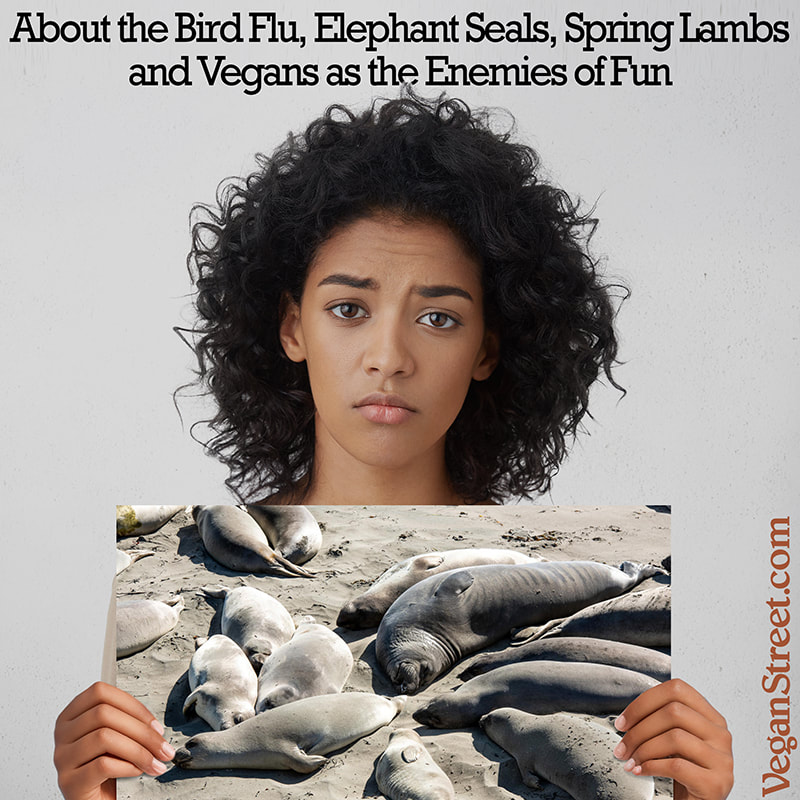




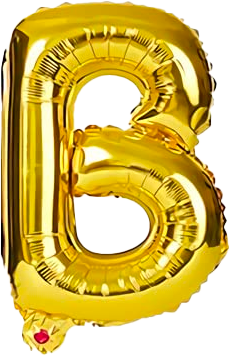

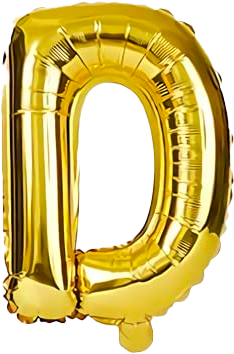
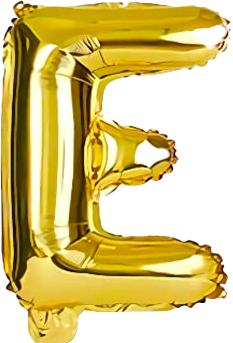
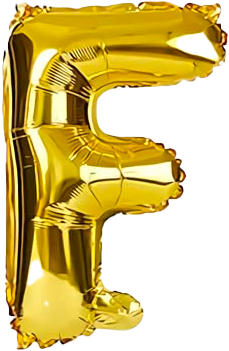

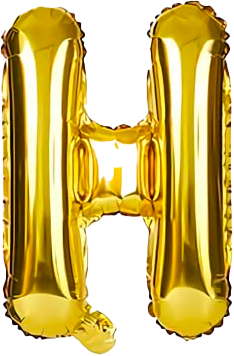
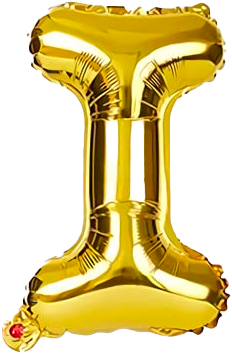
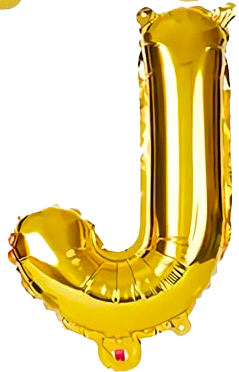
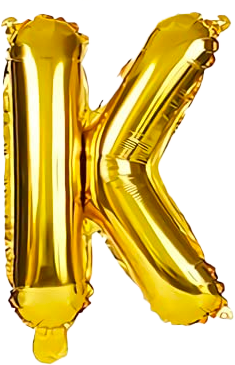
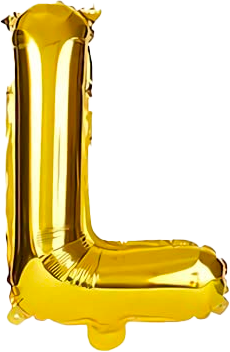
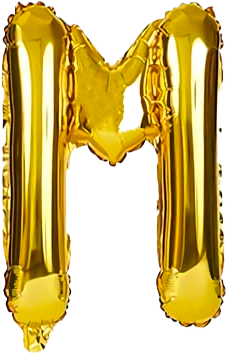



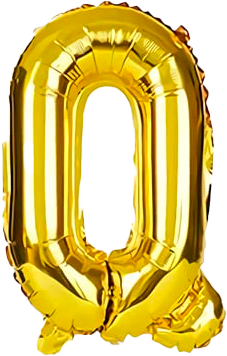


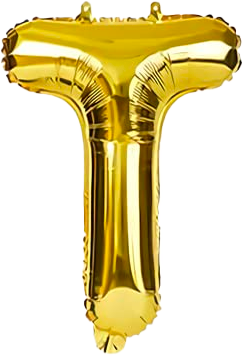



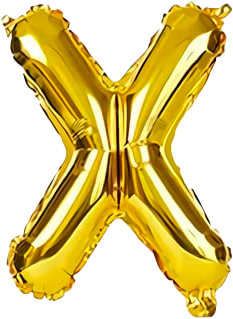


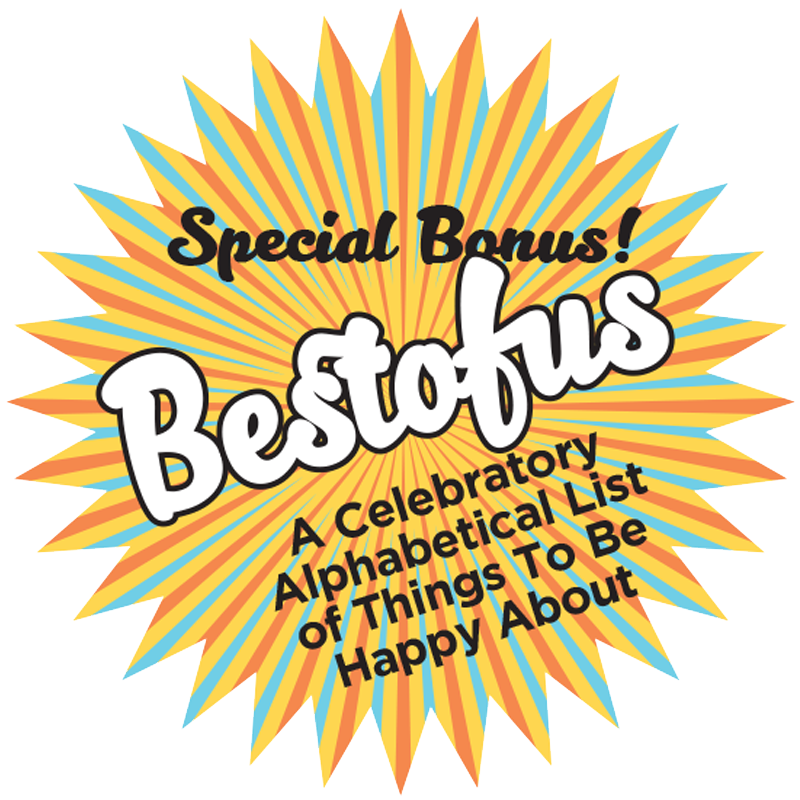

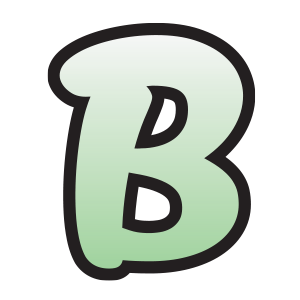



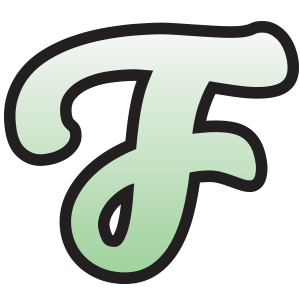





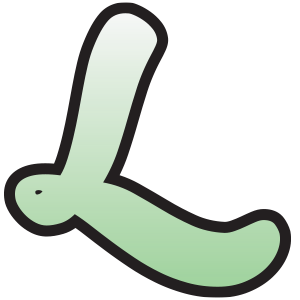




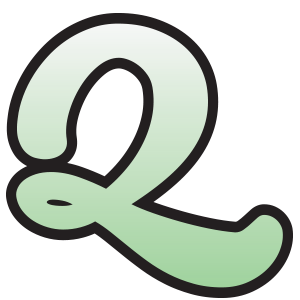










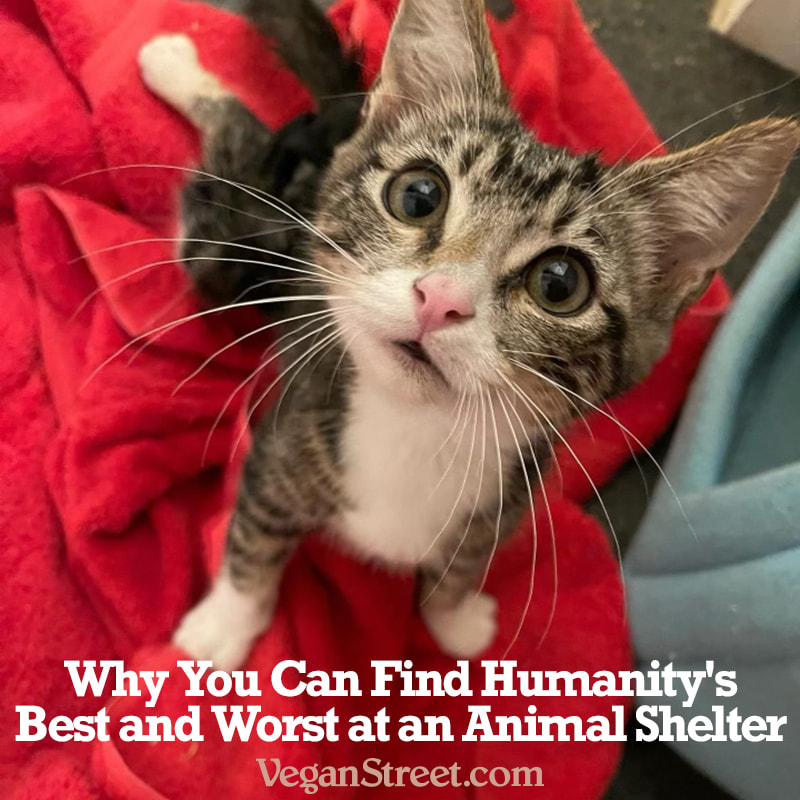
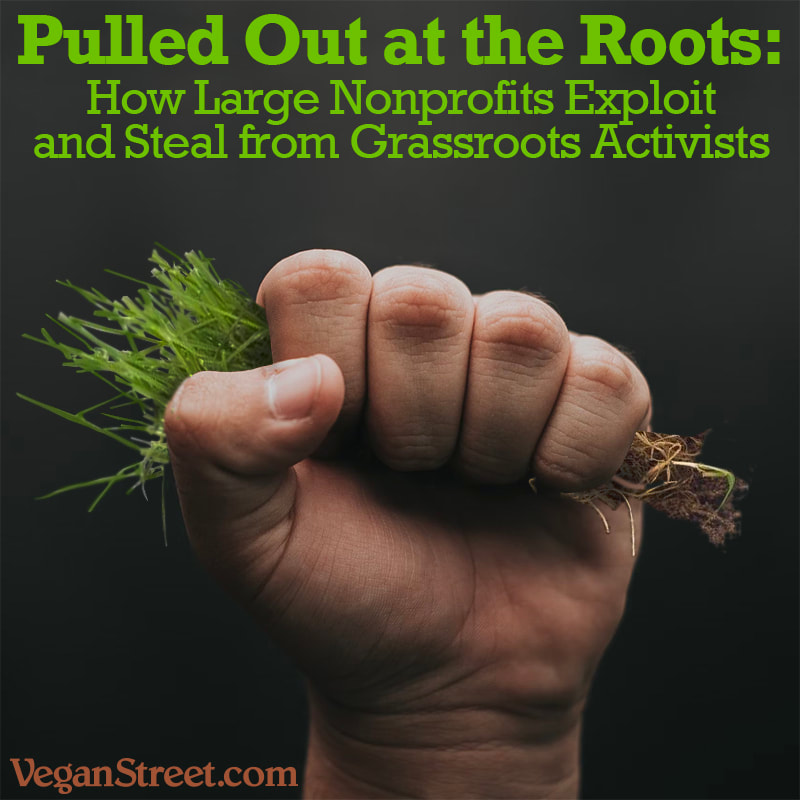
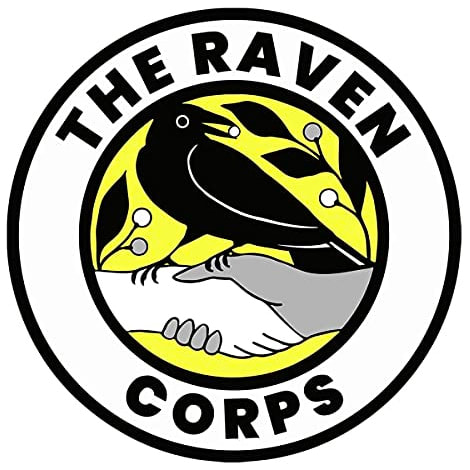
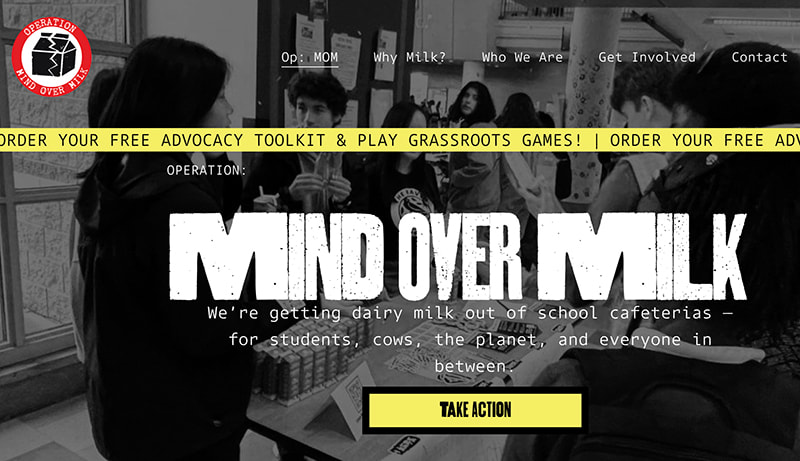
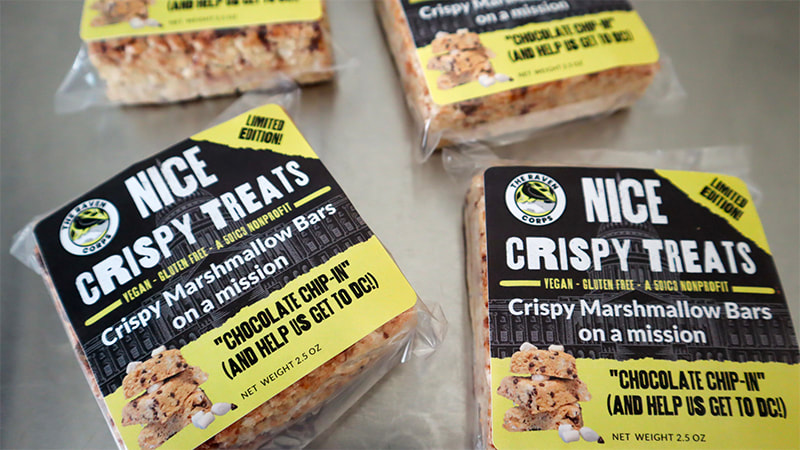
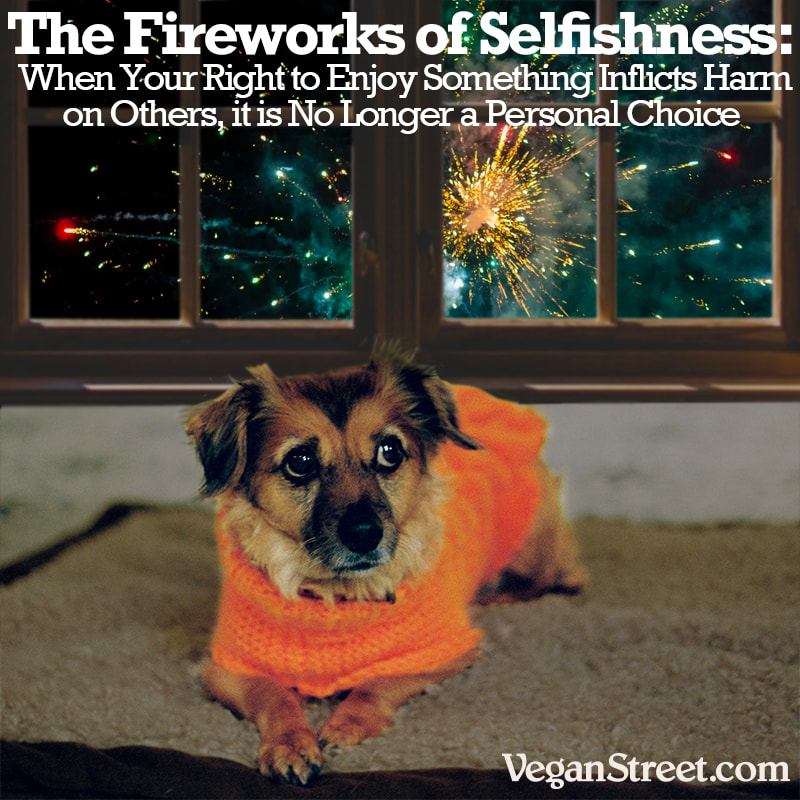


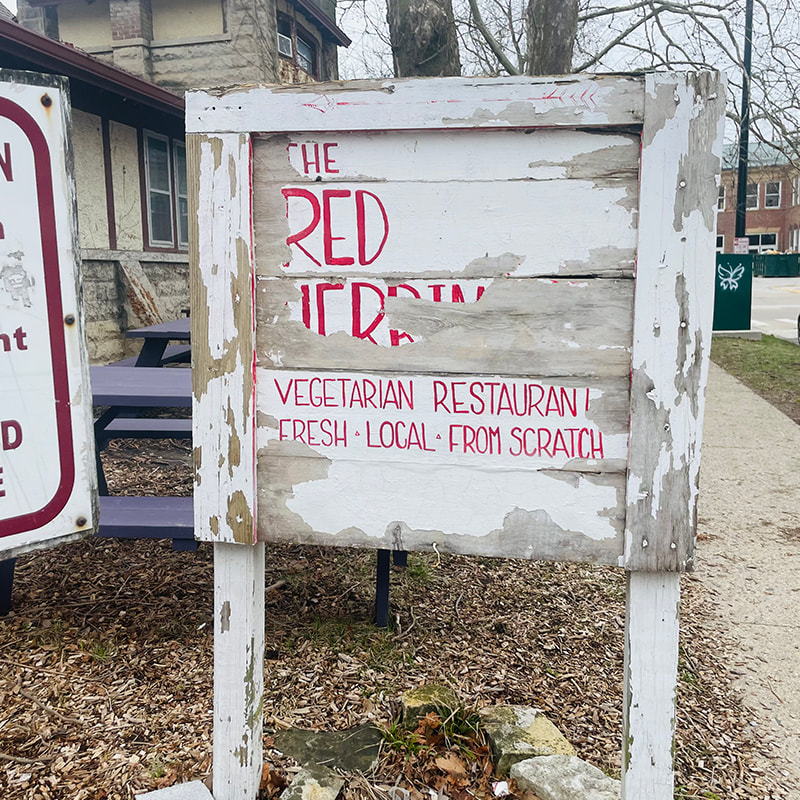



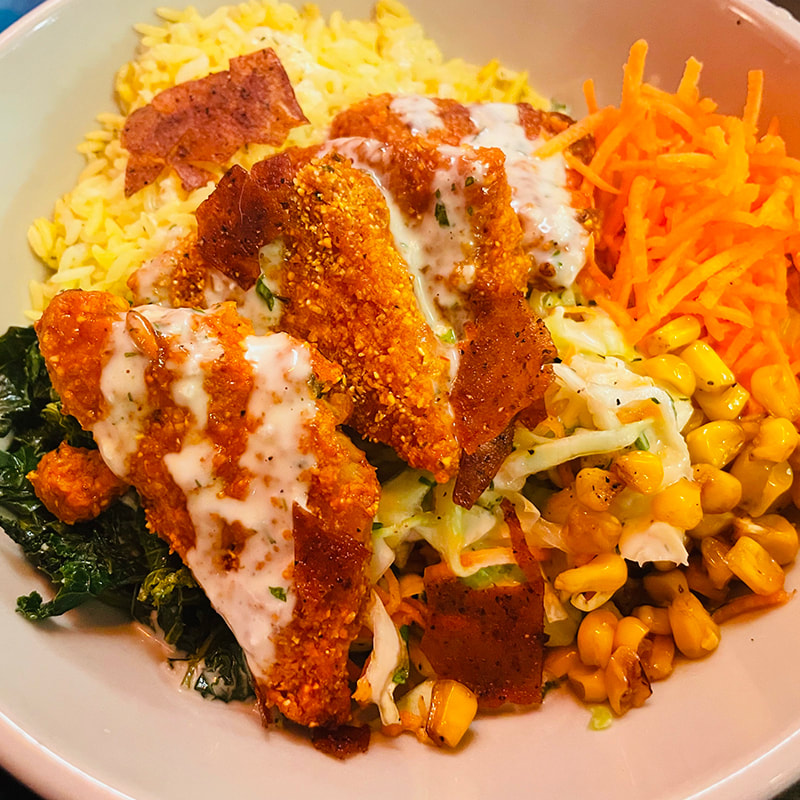
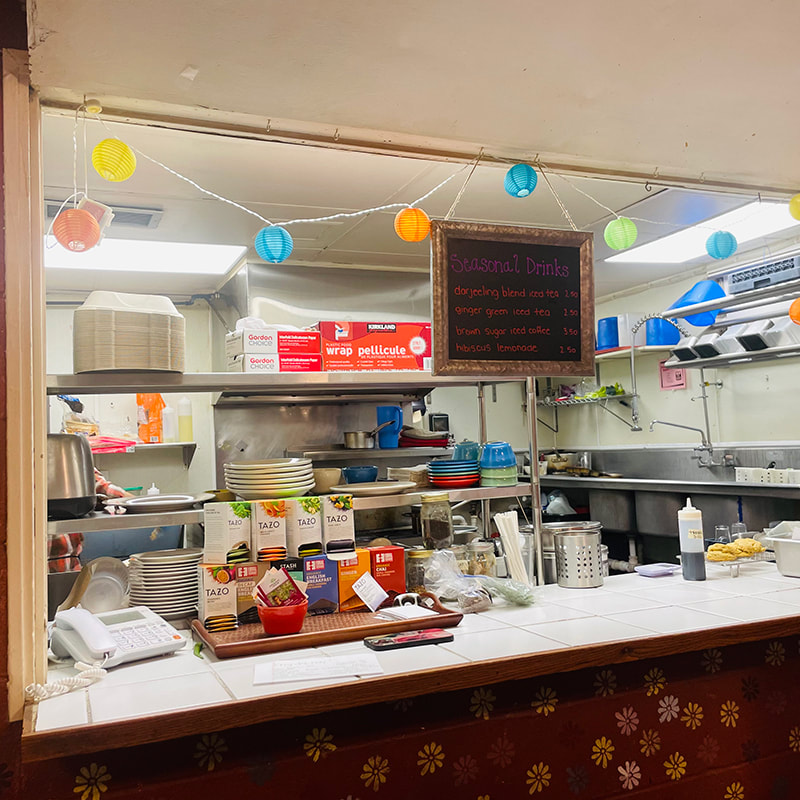



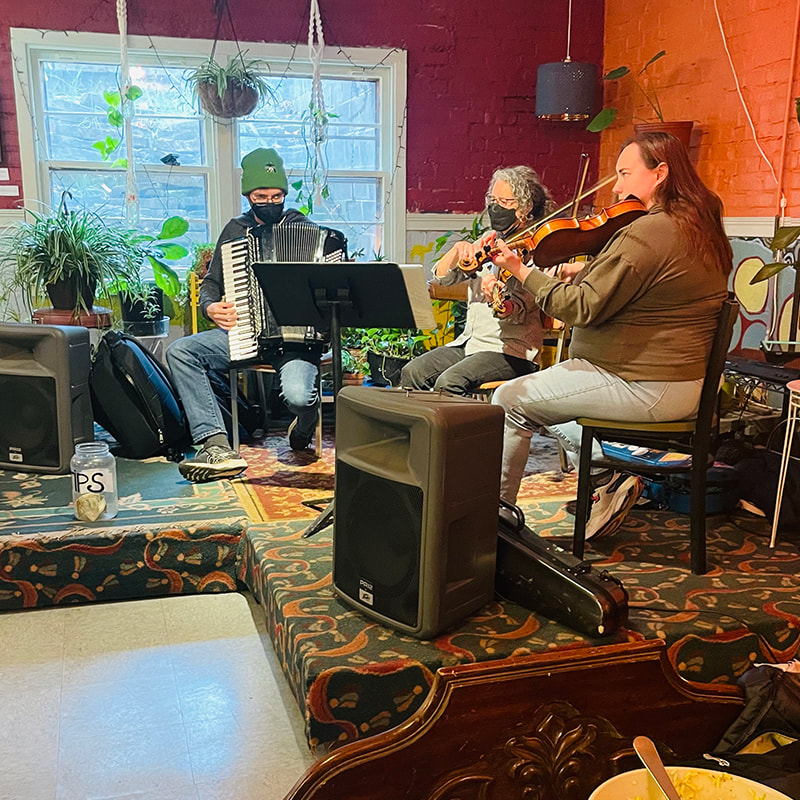

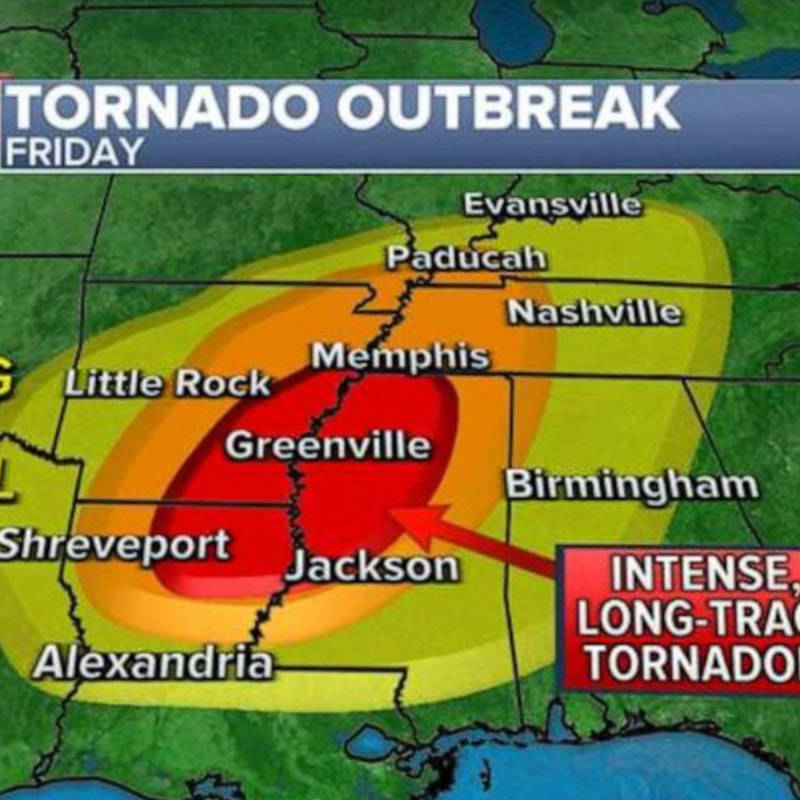
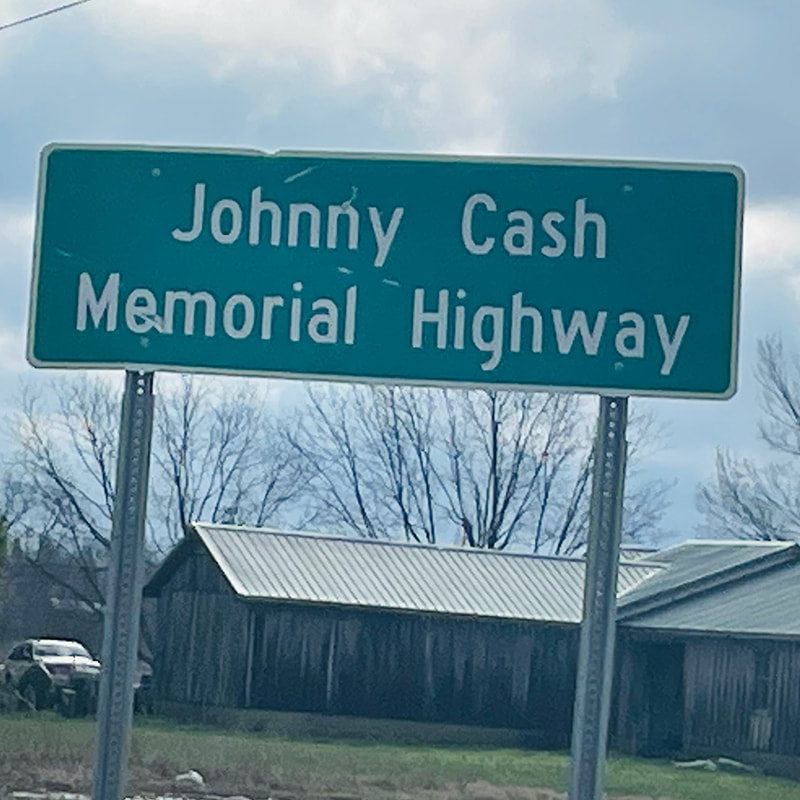
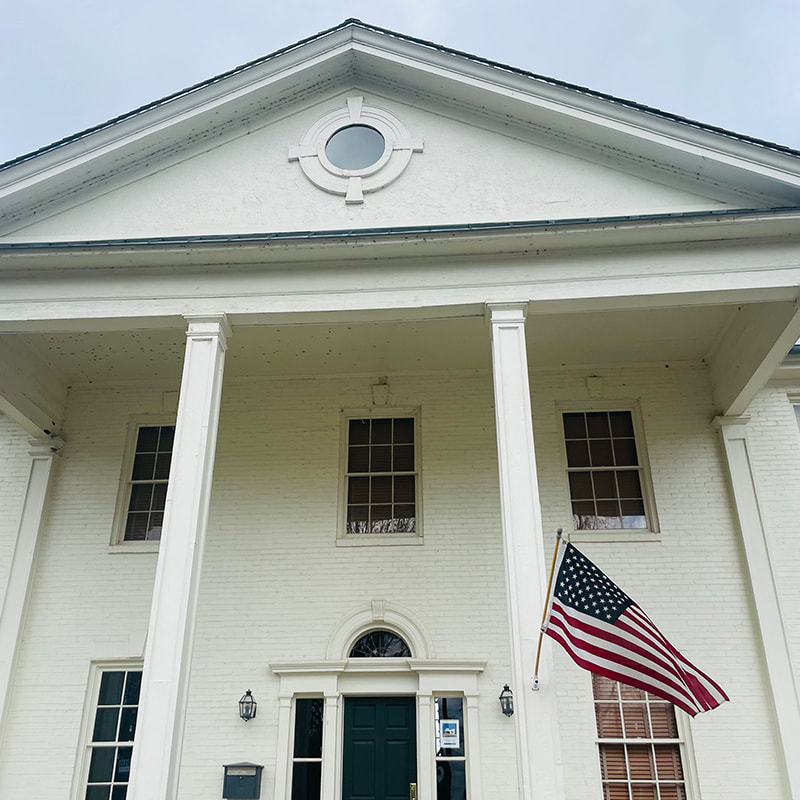
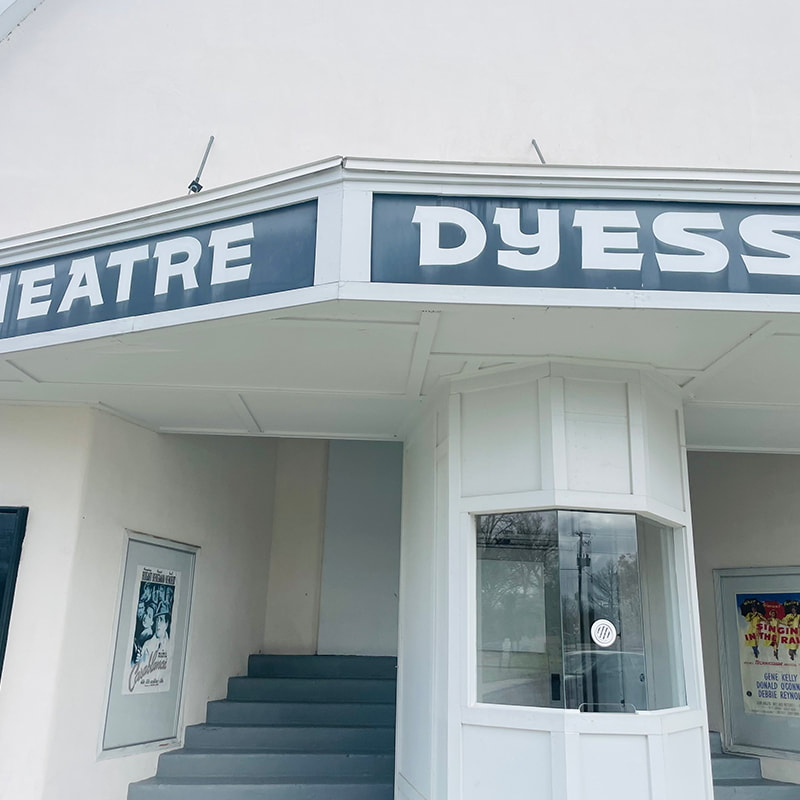
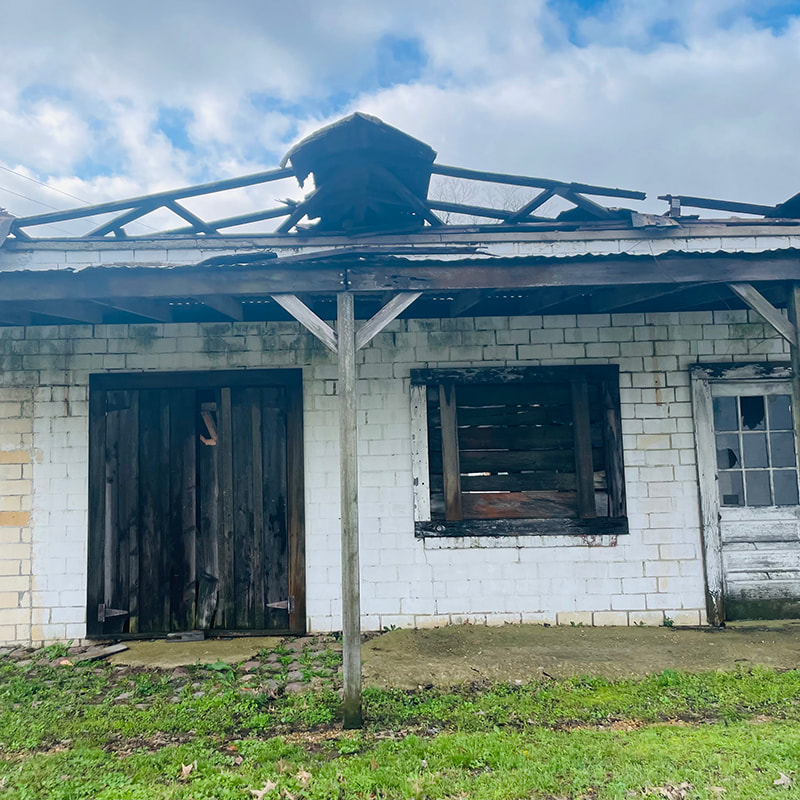

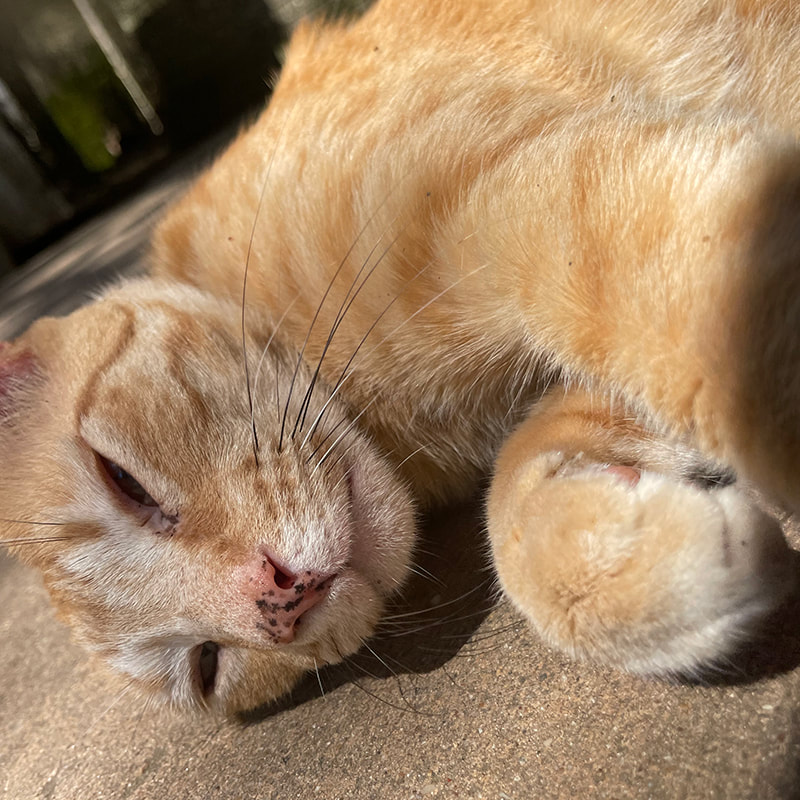
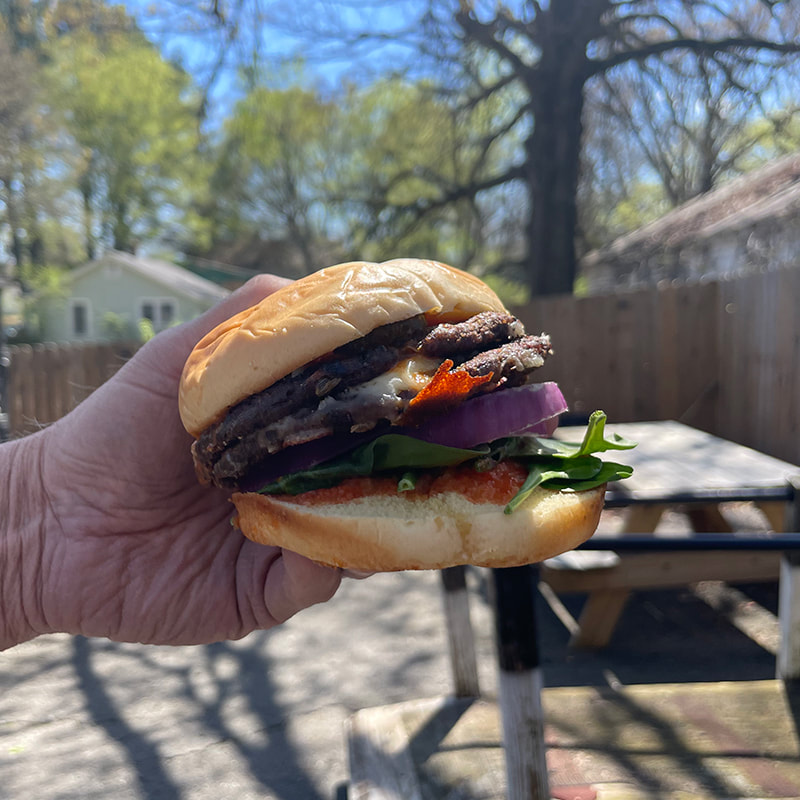

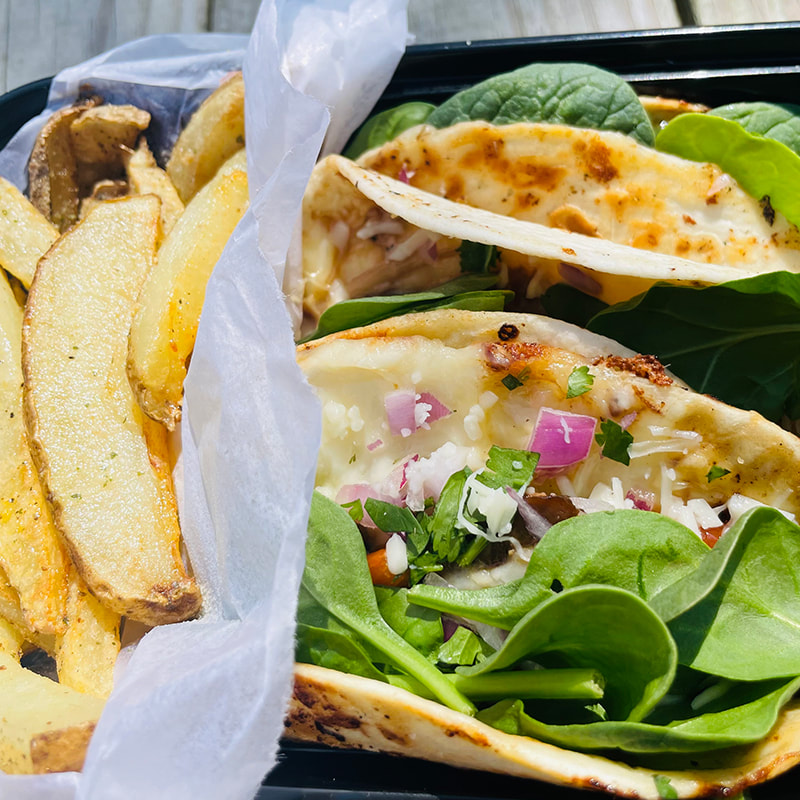

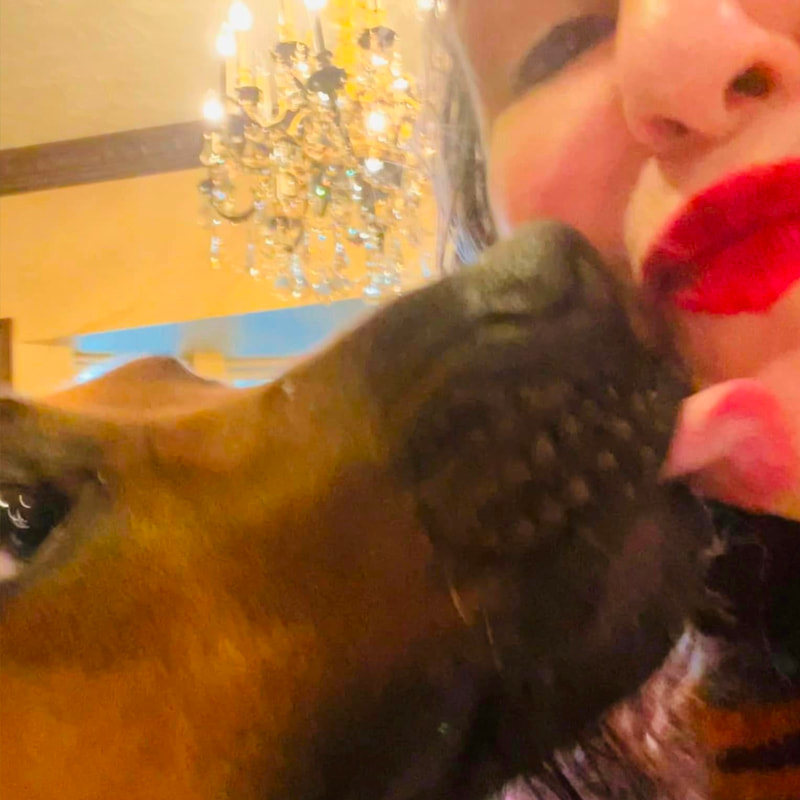
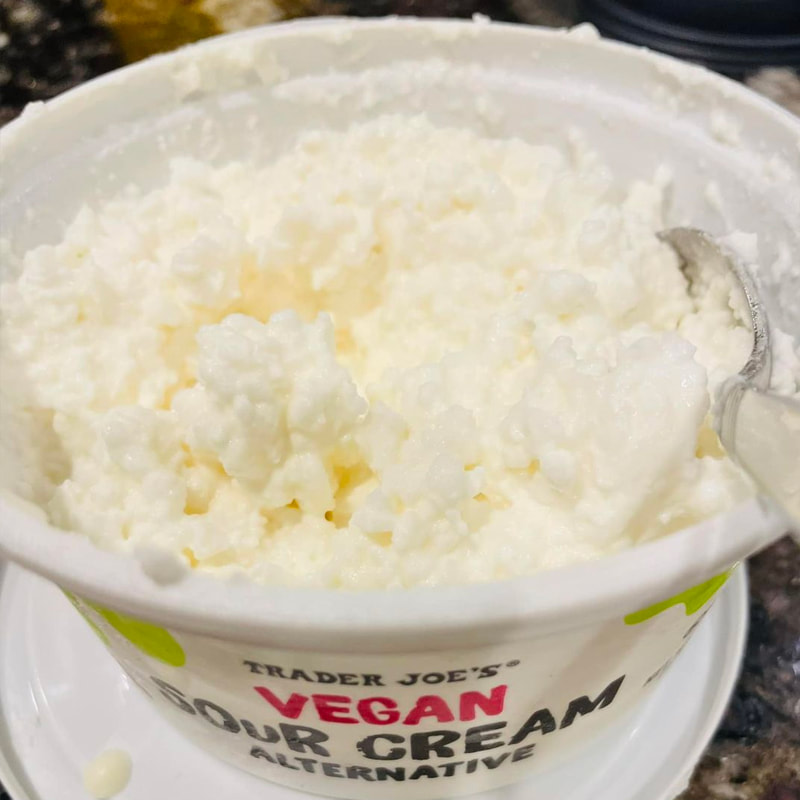
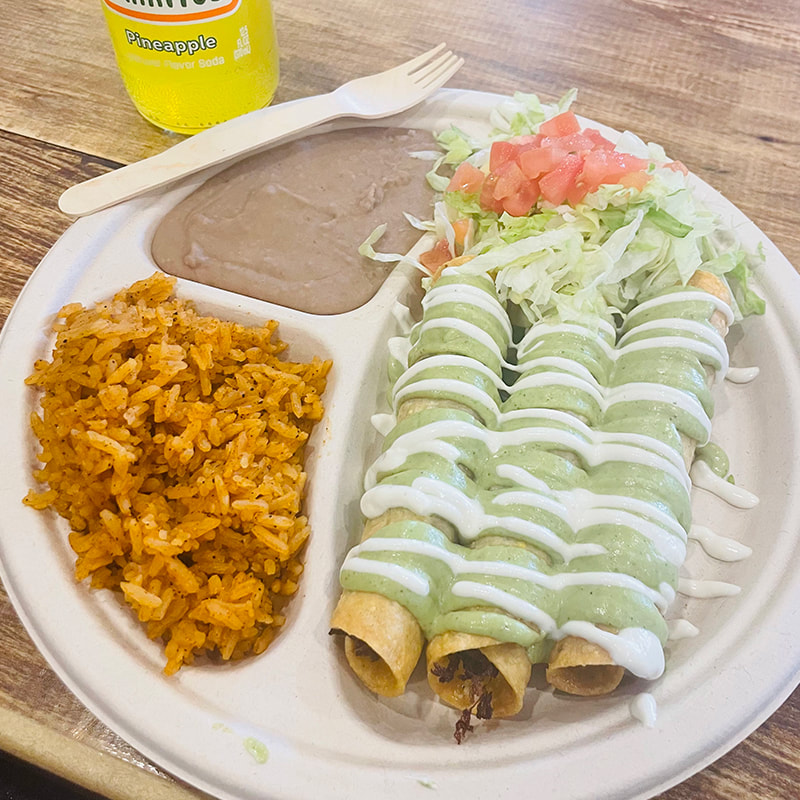

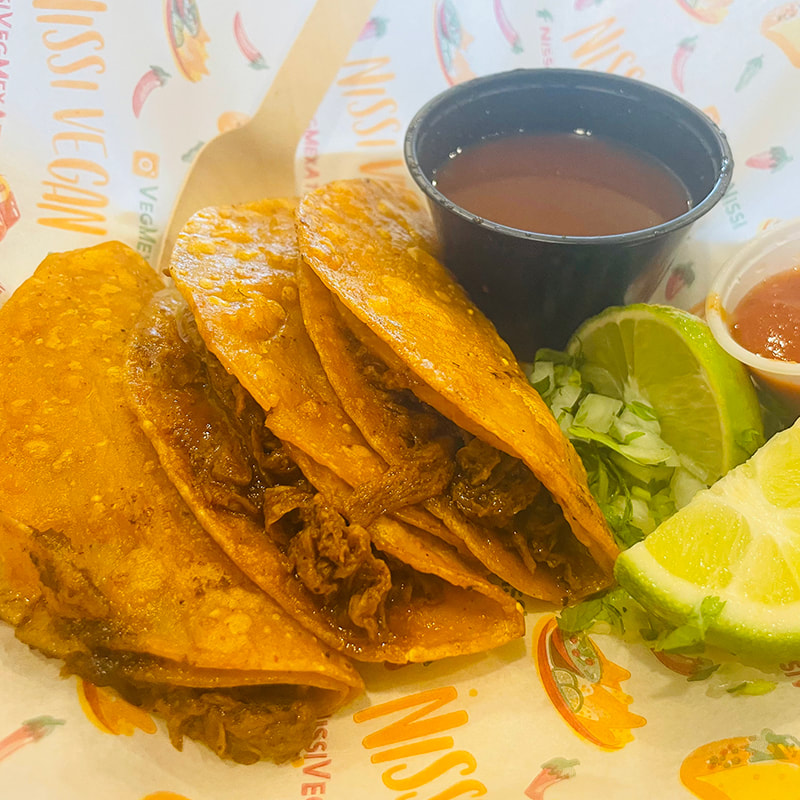


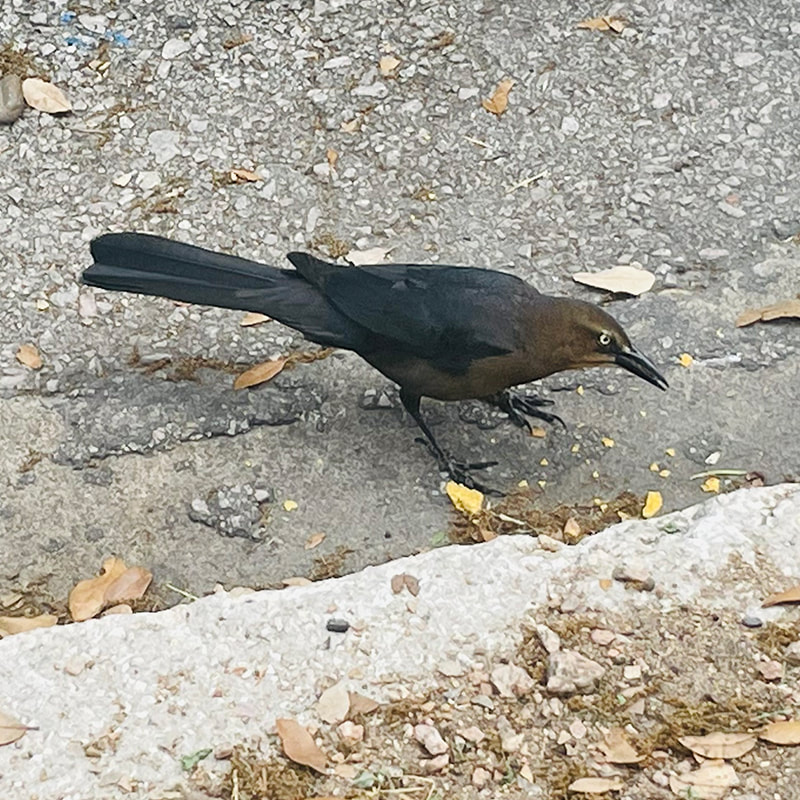
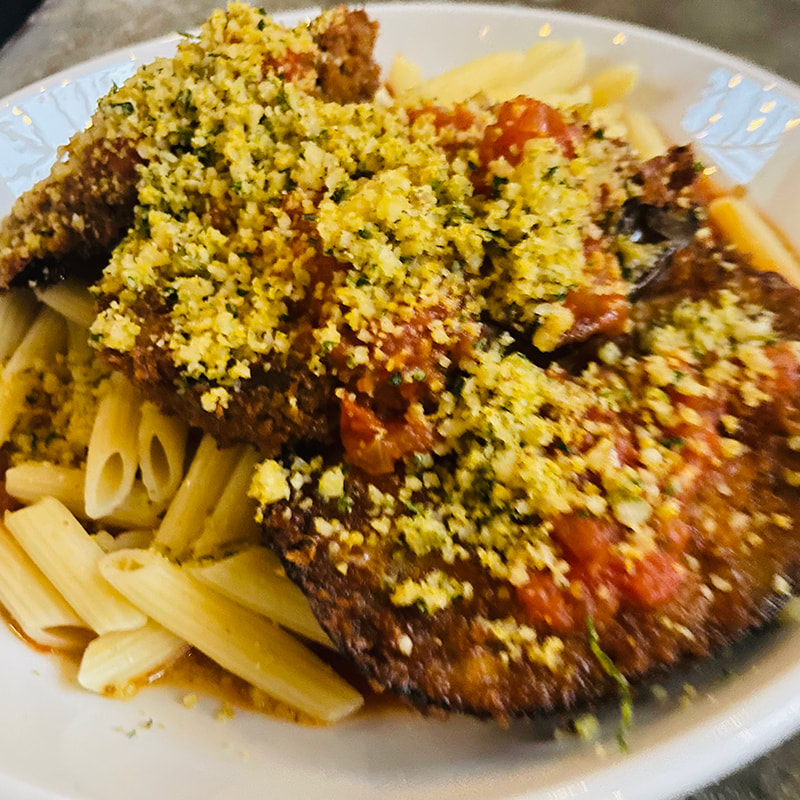
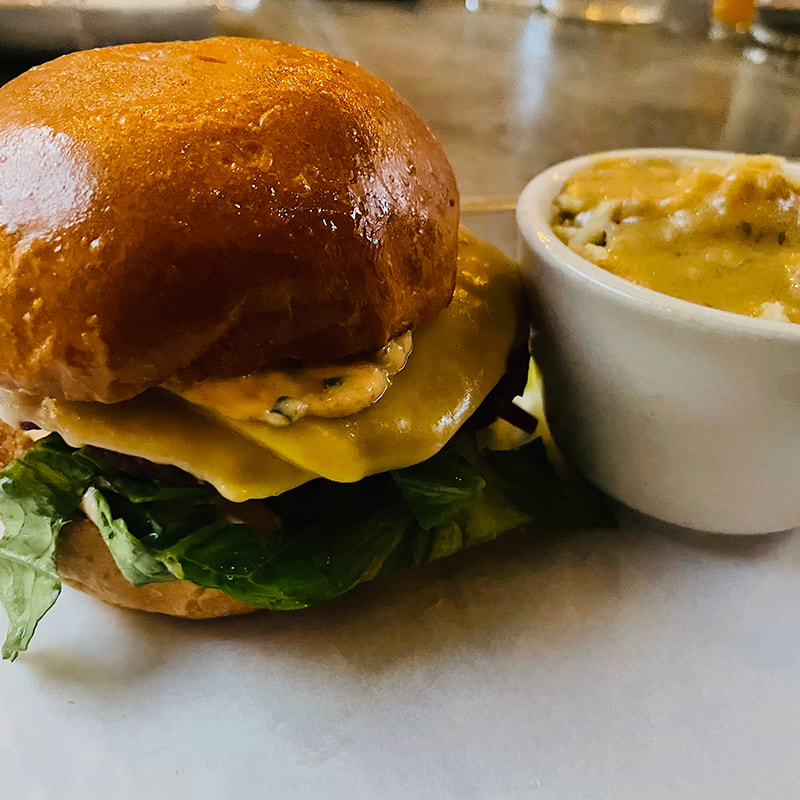

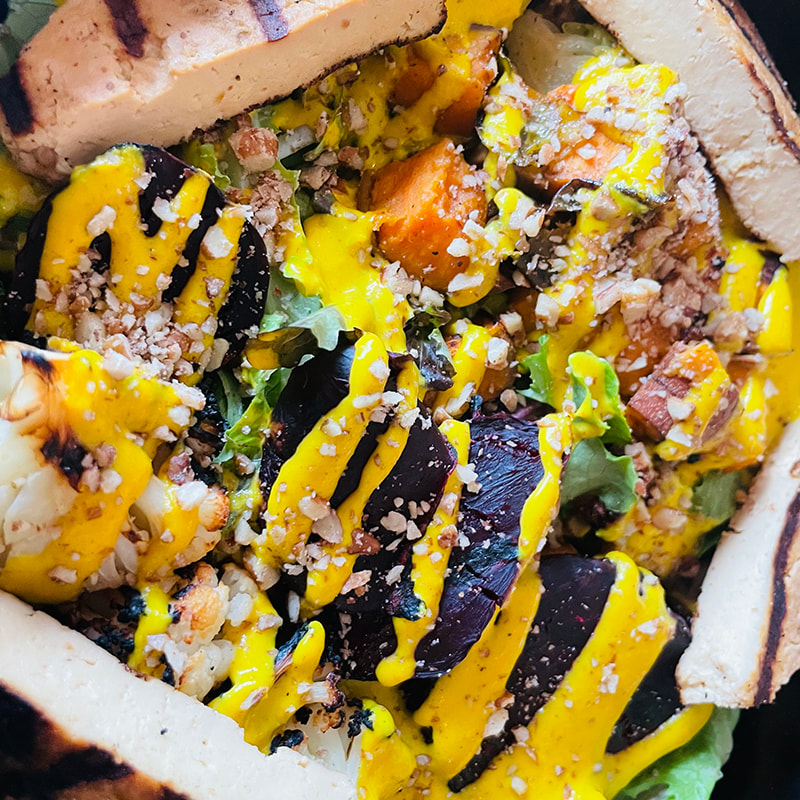
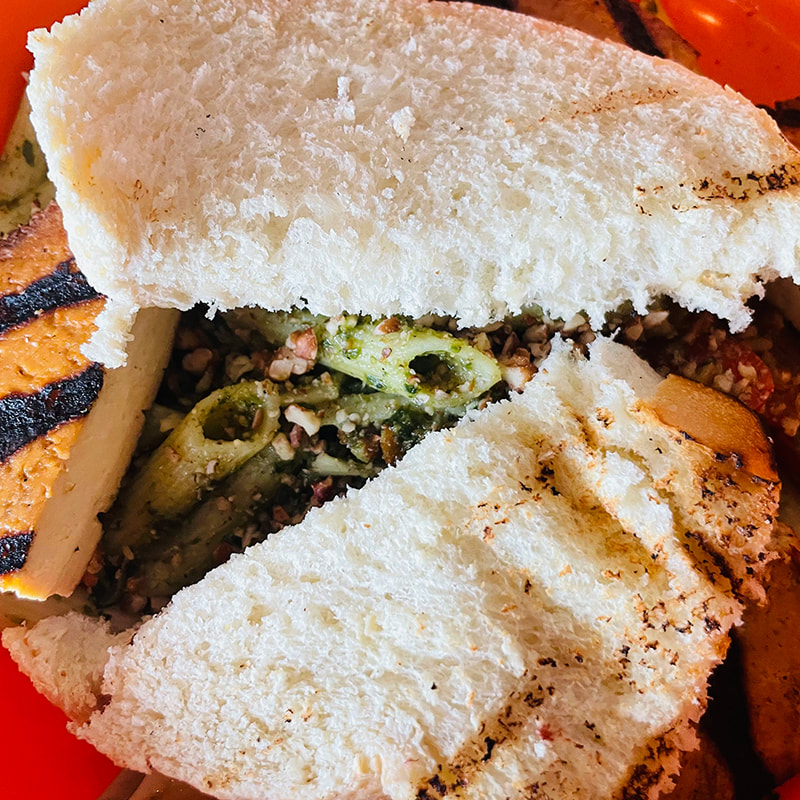
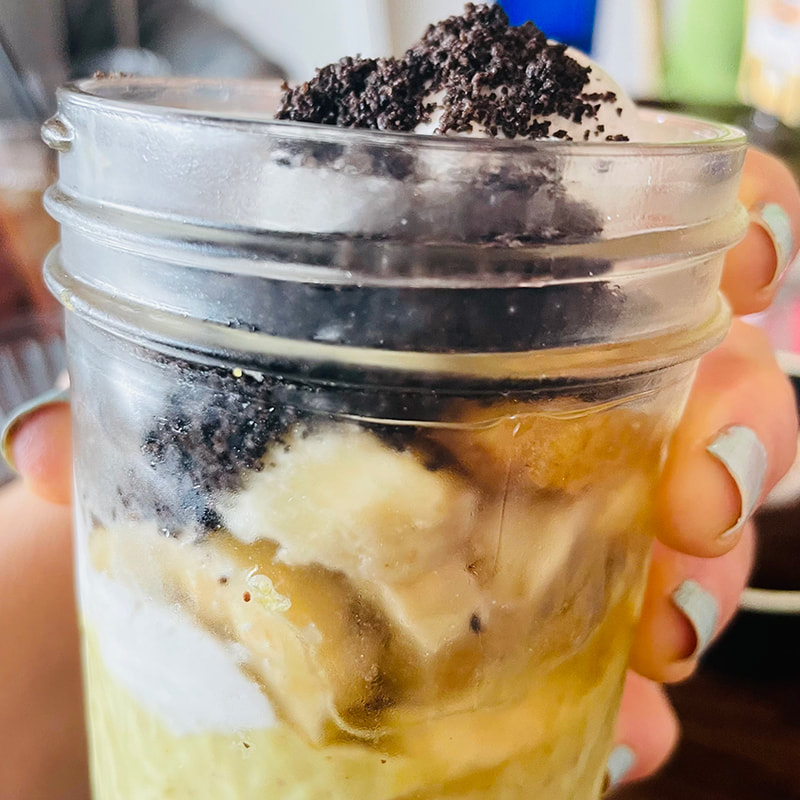







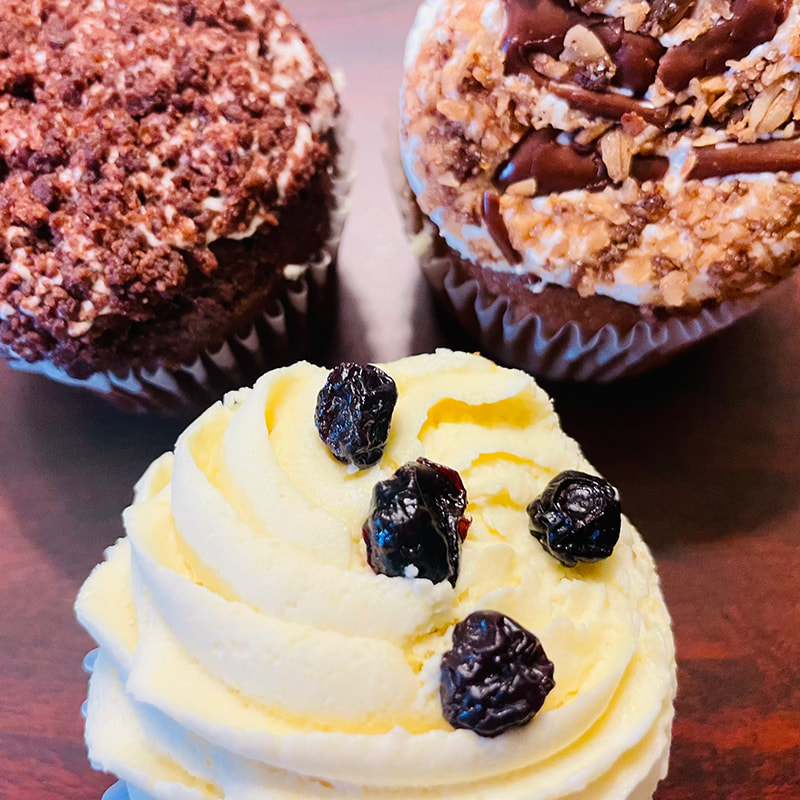



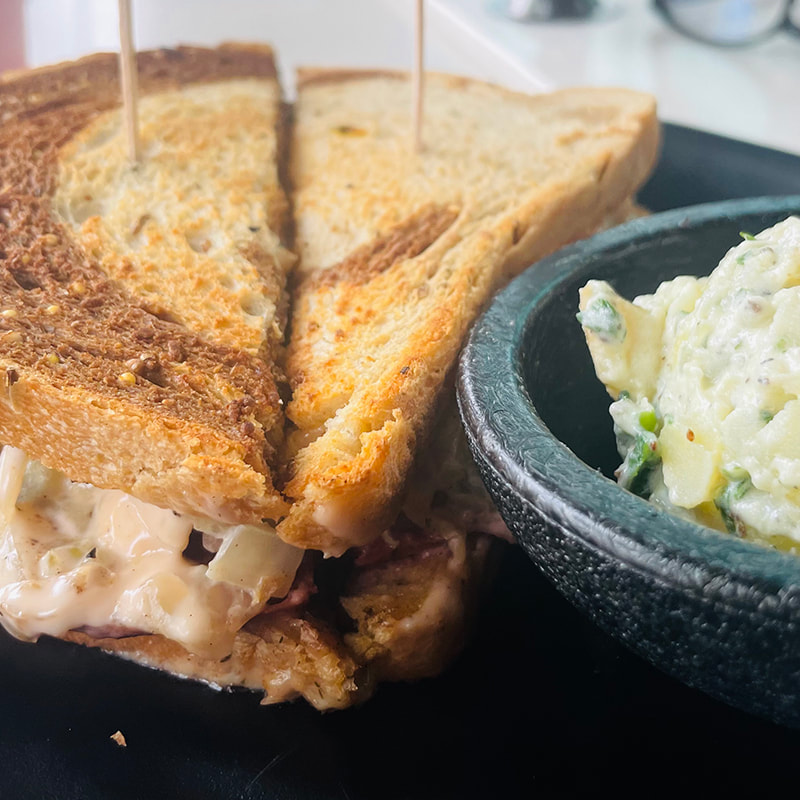

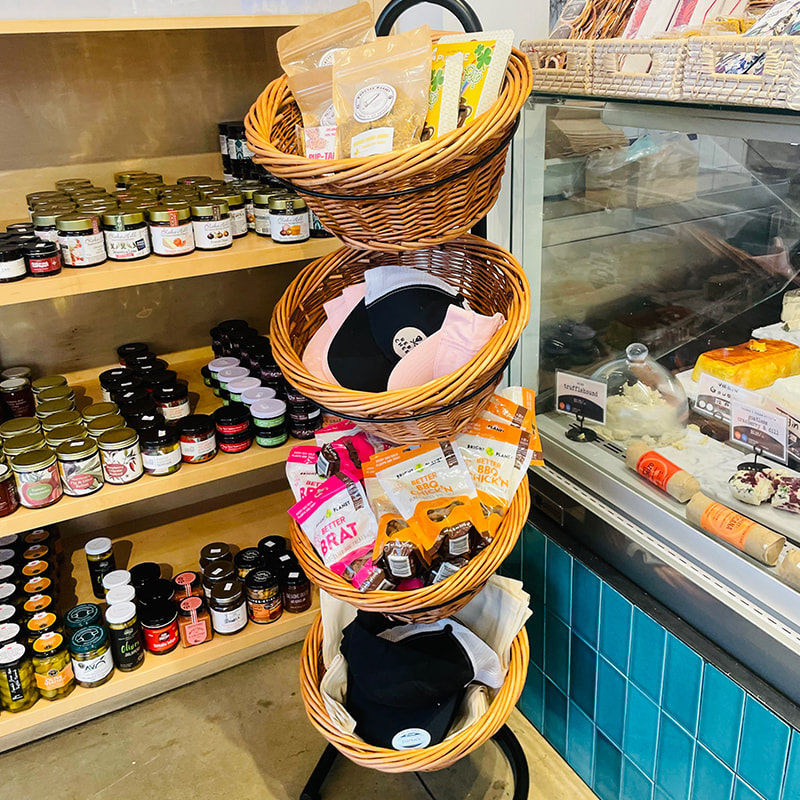
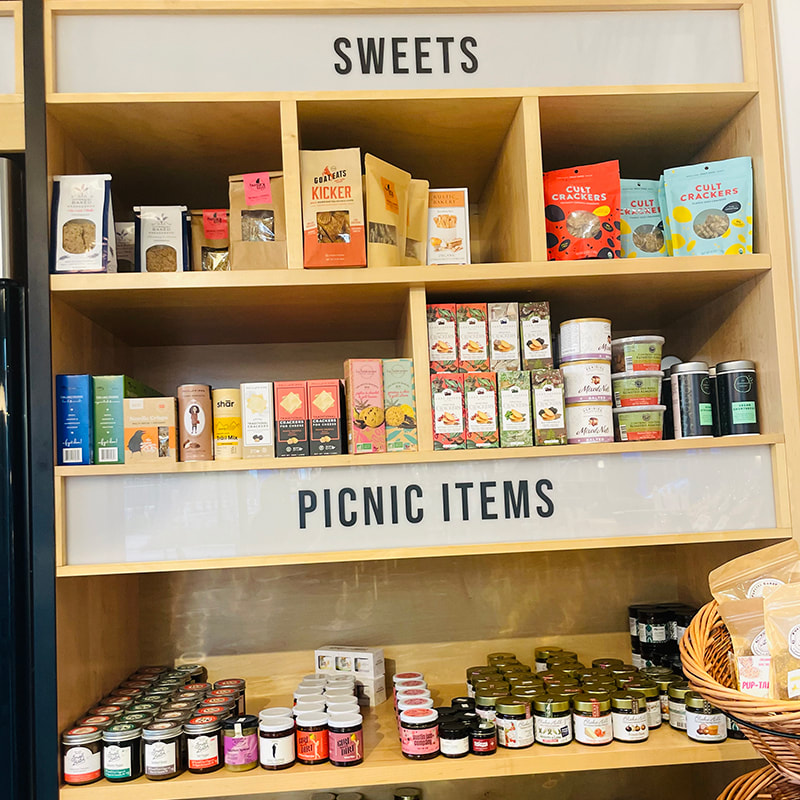
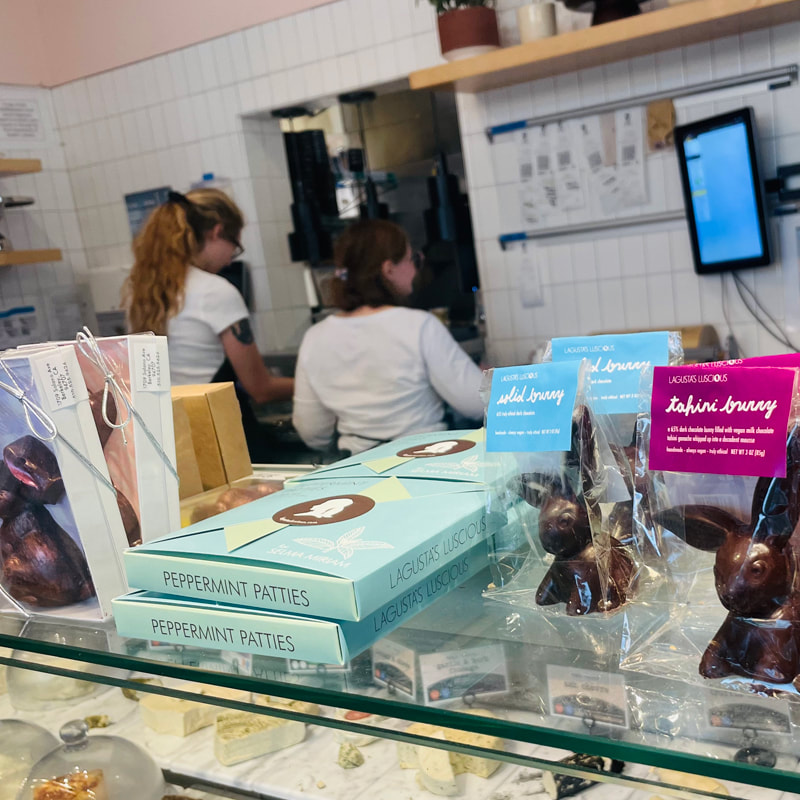
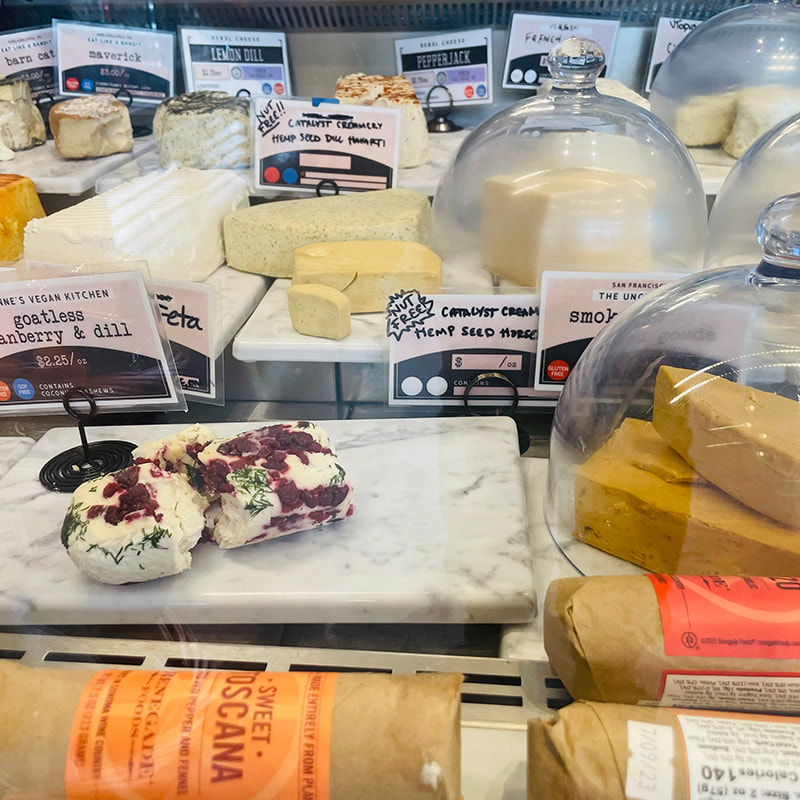
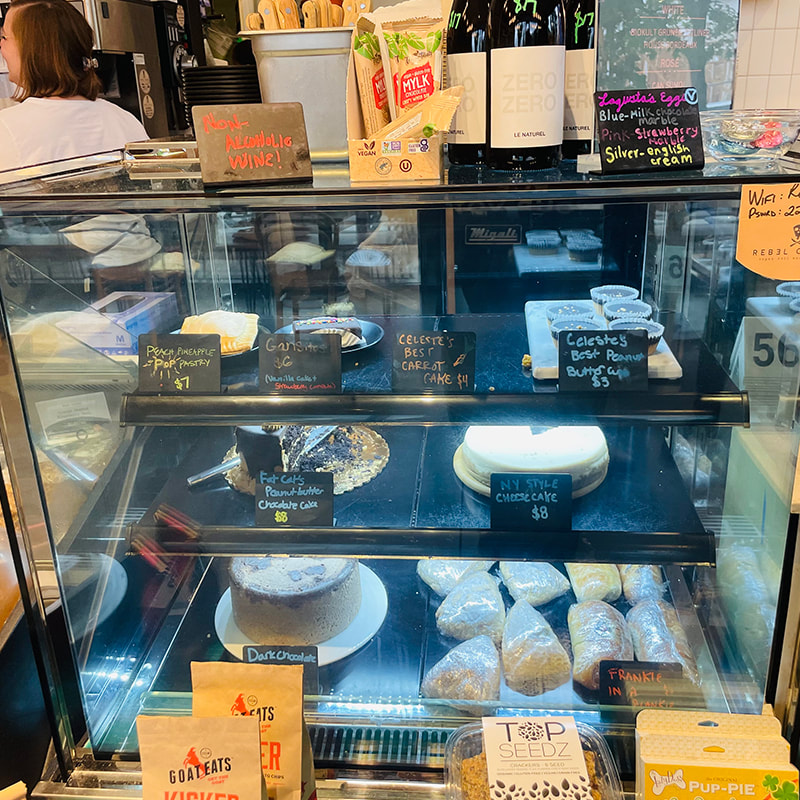
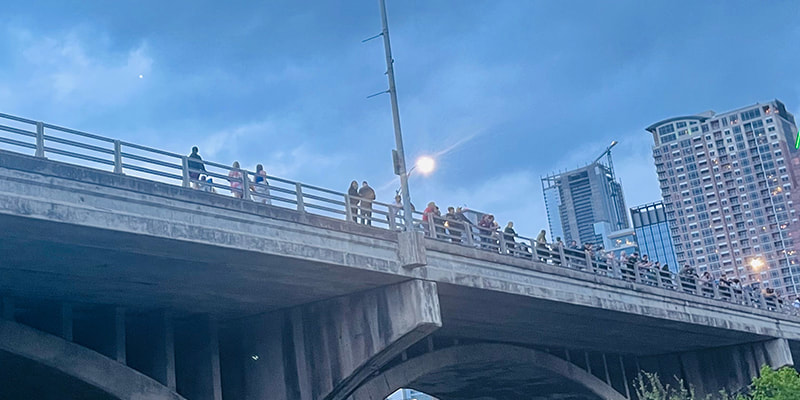
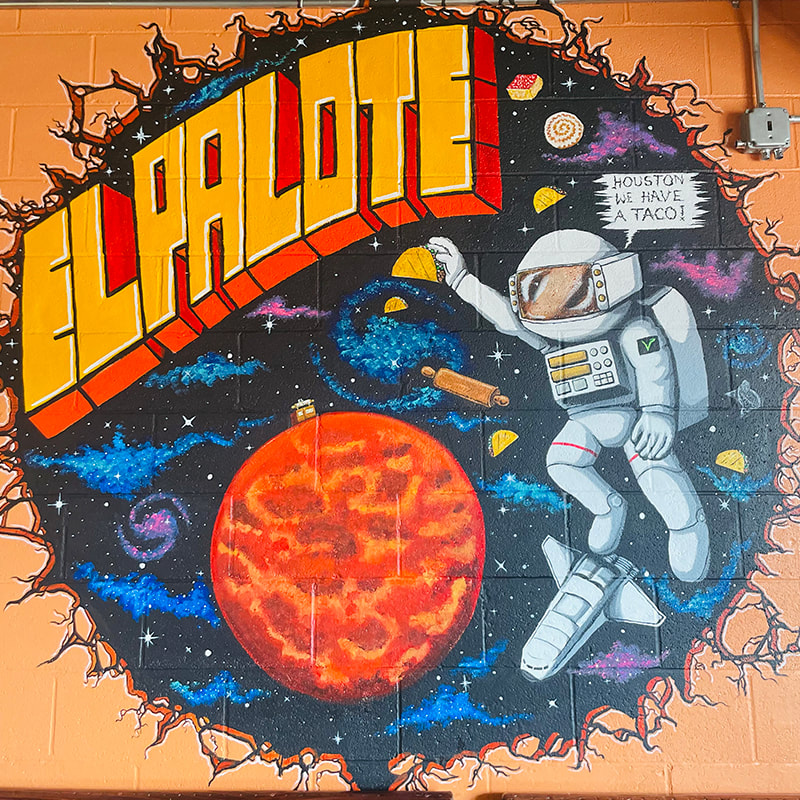
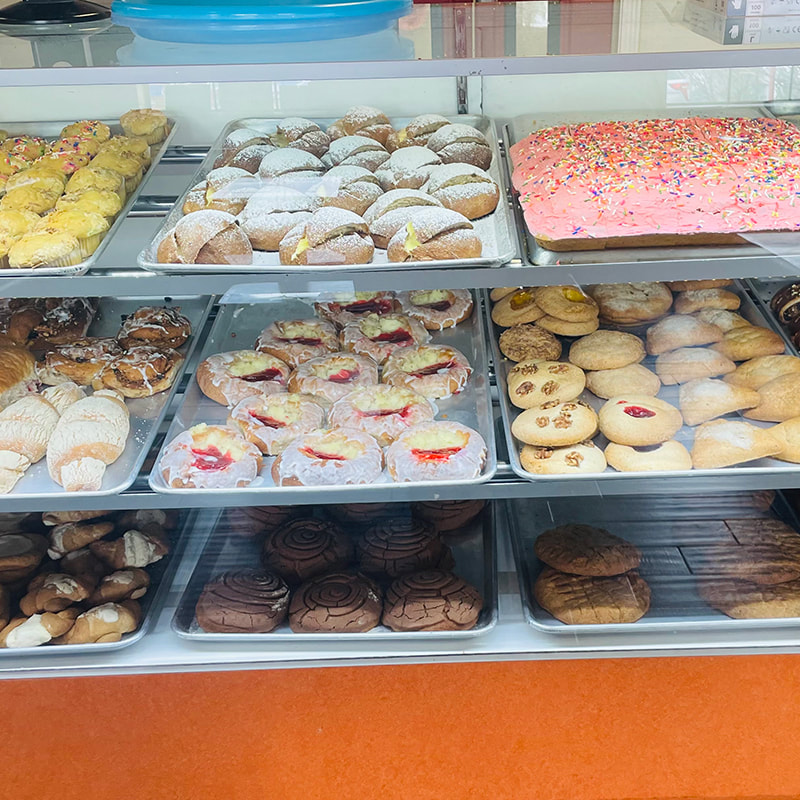
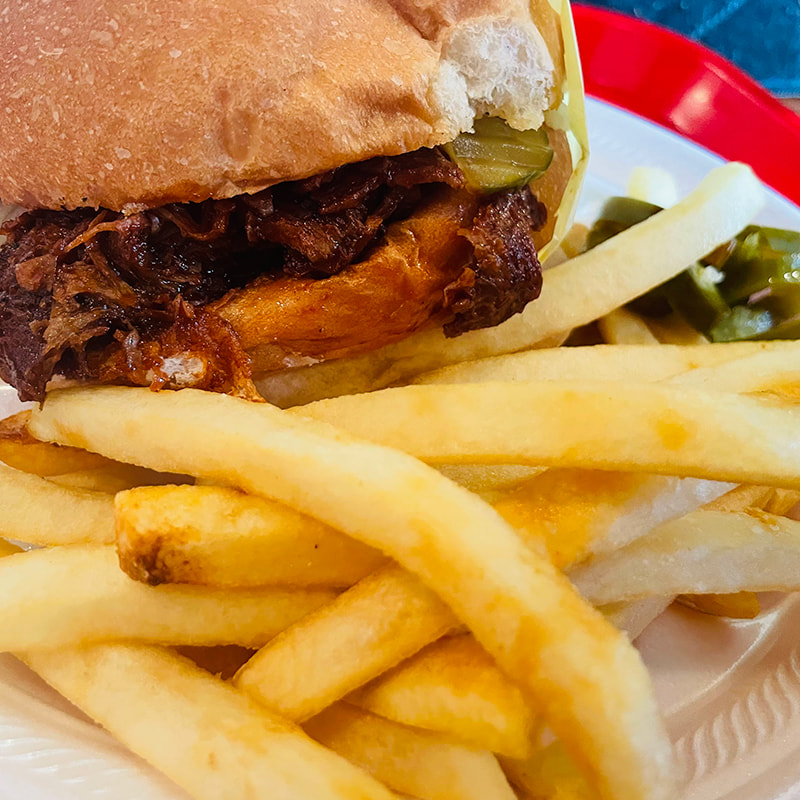


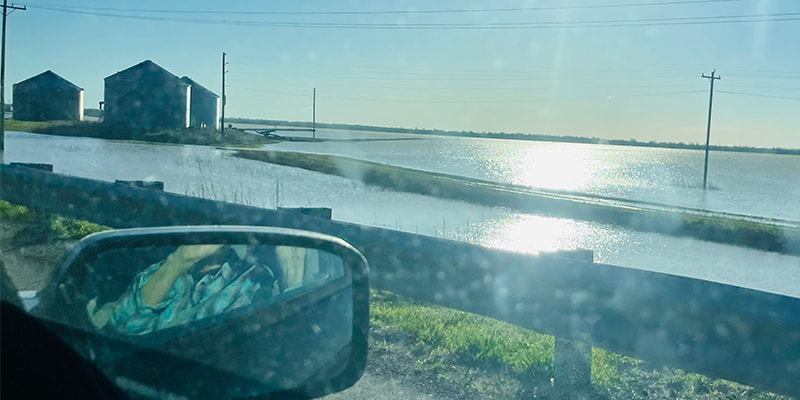
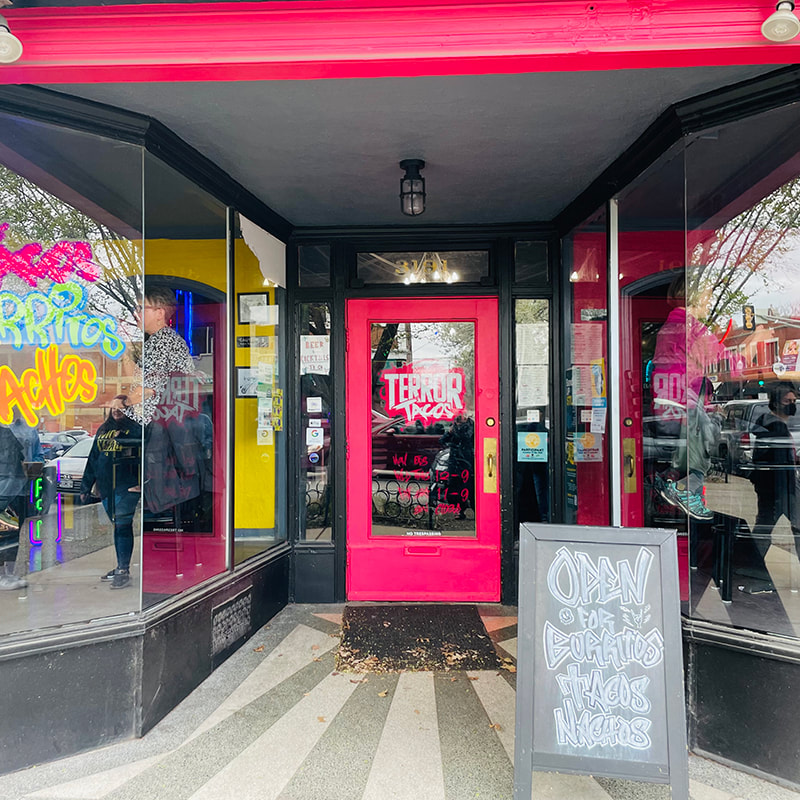

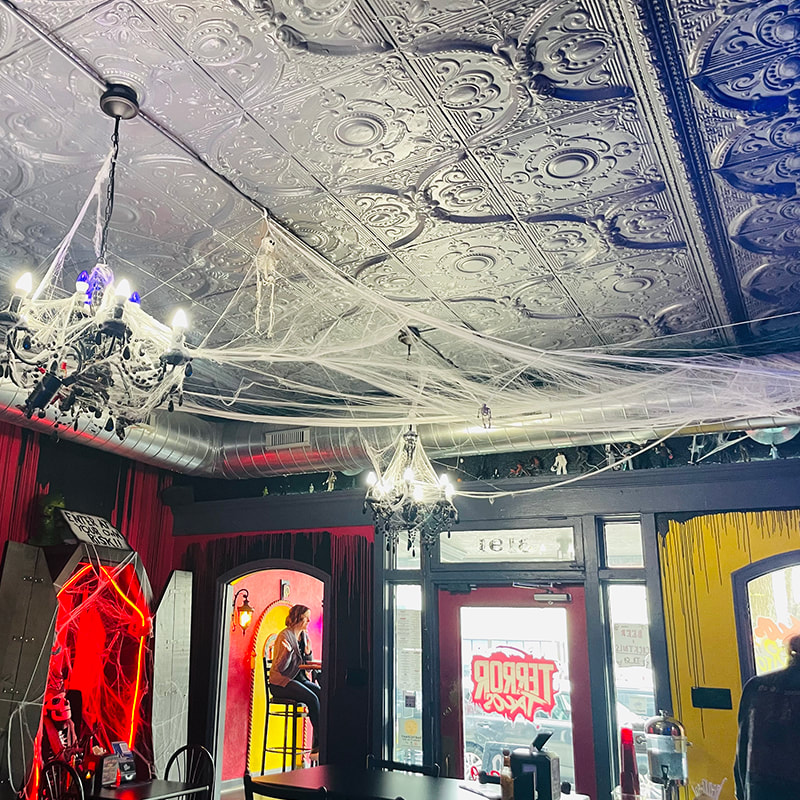

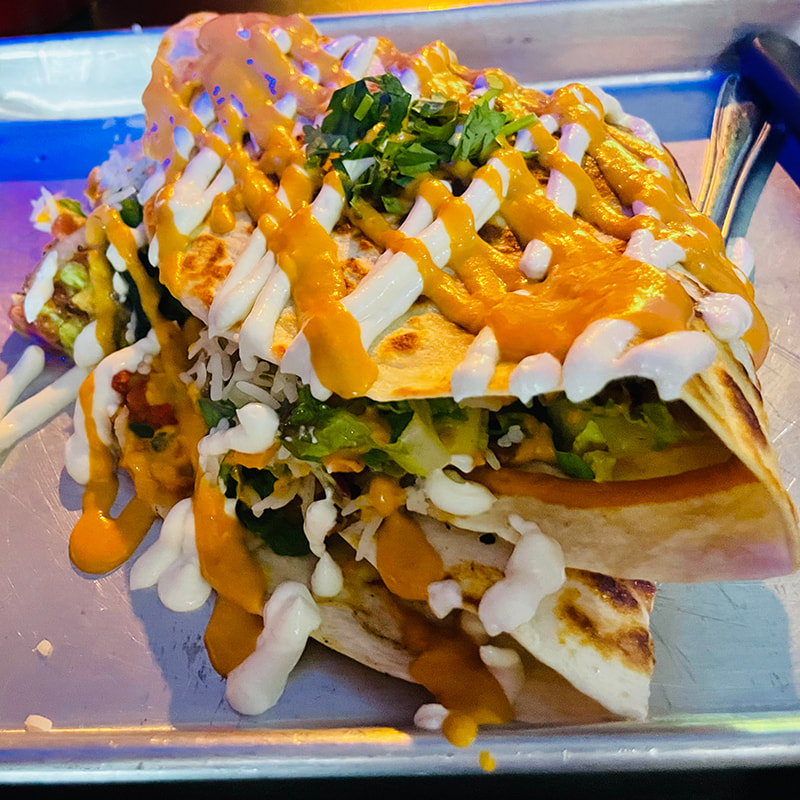

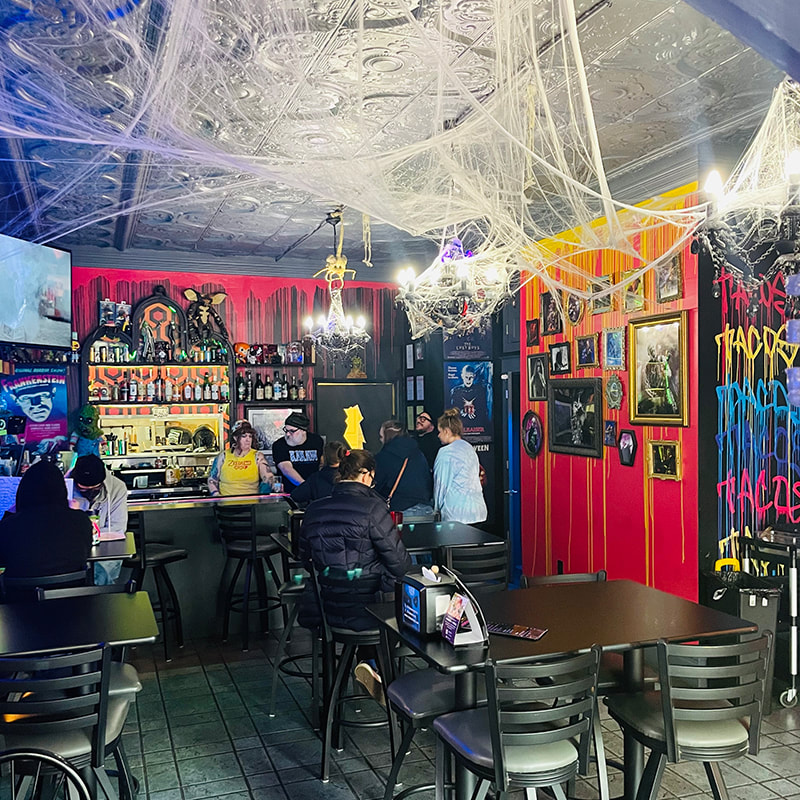



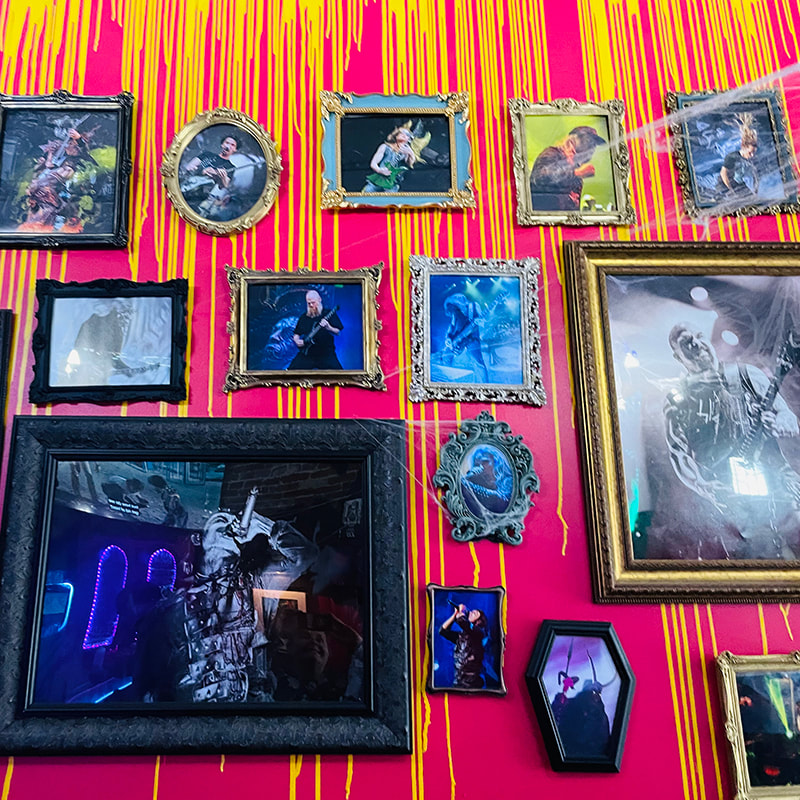
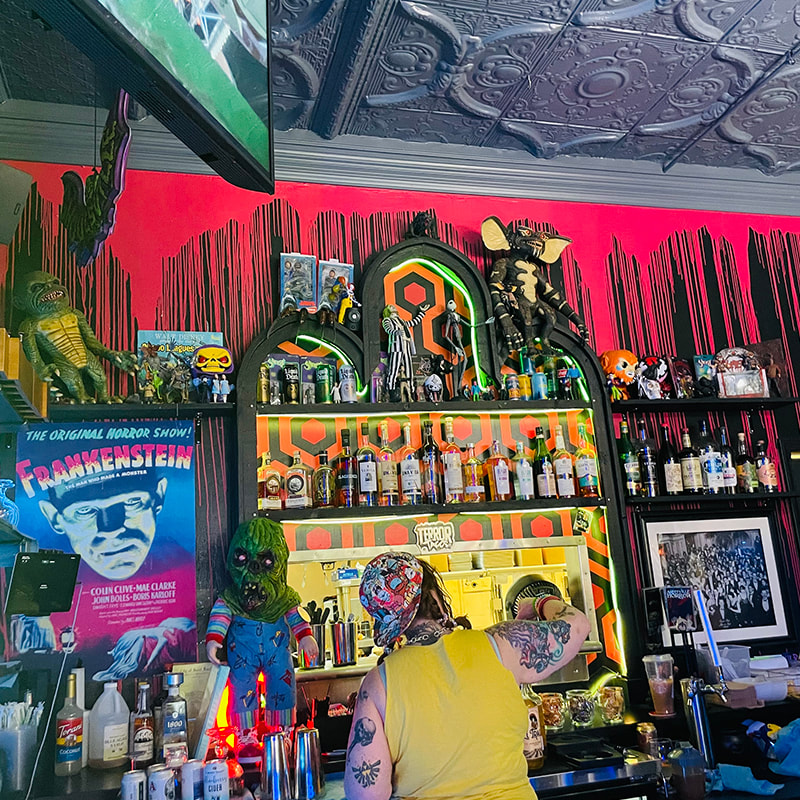
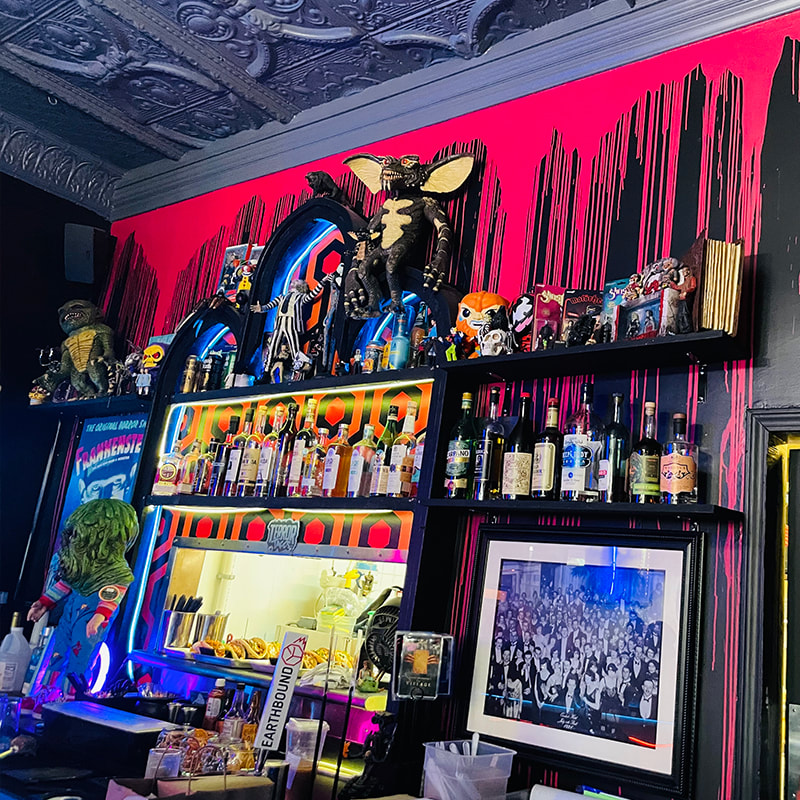

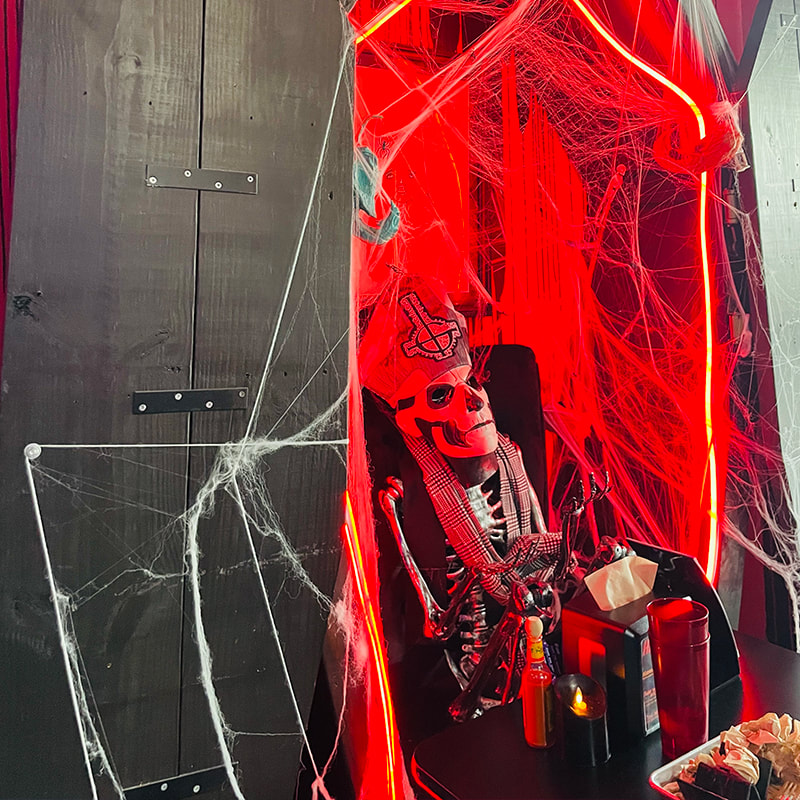



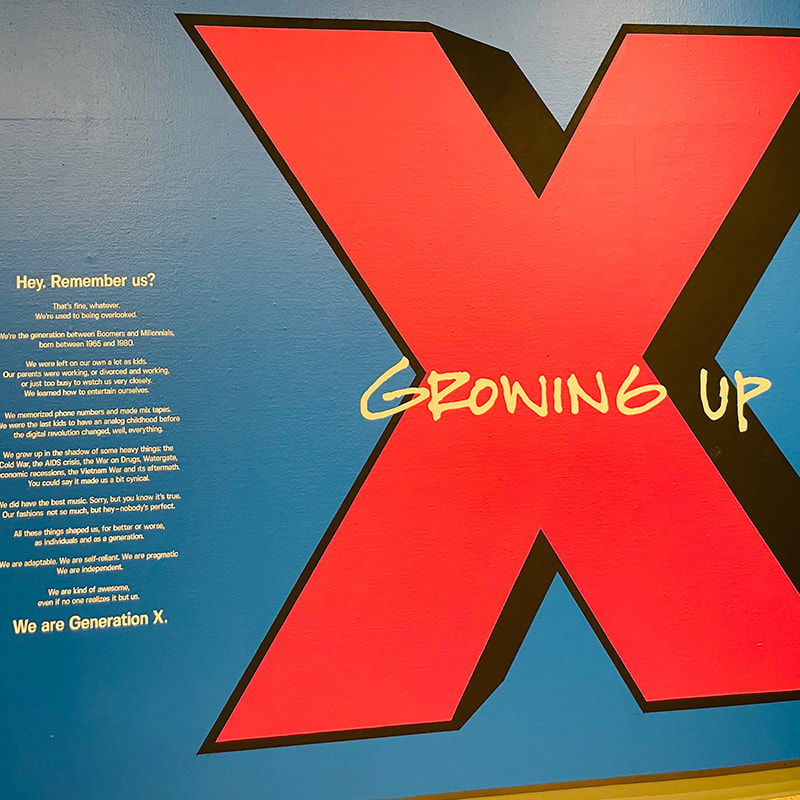
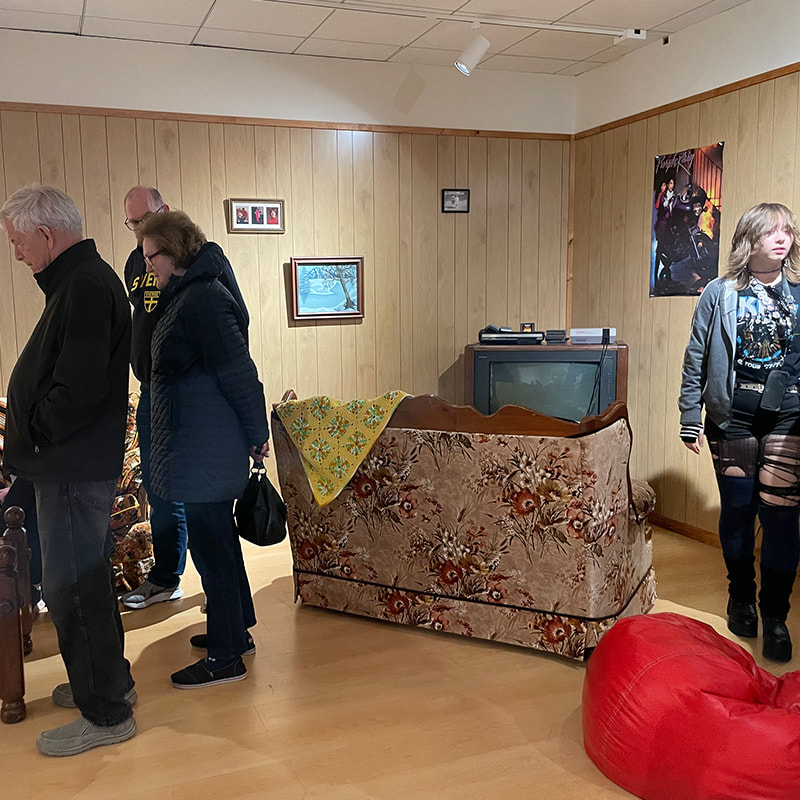




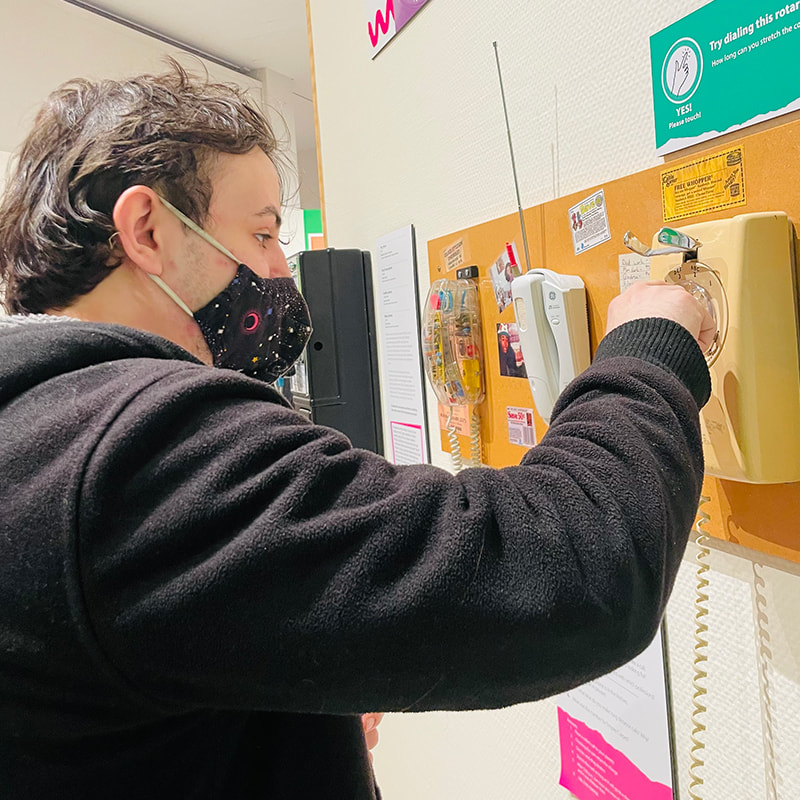
 RSS Feed
RSS Feed